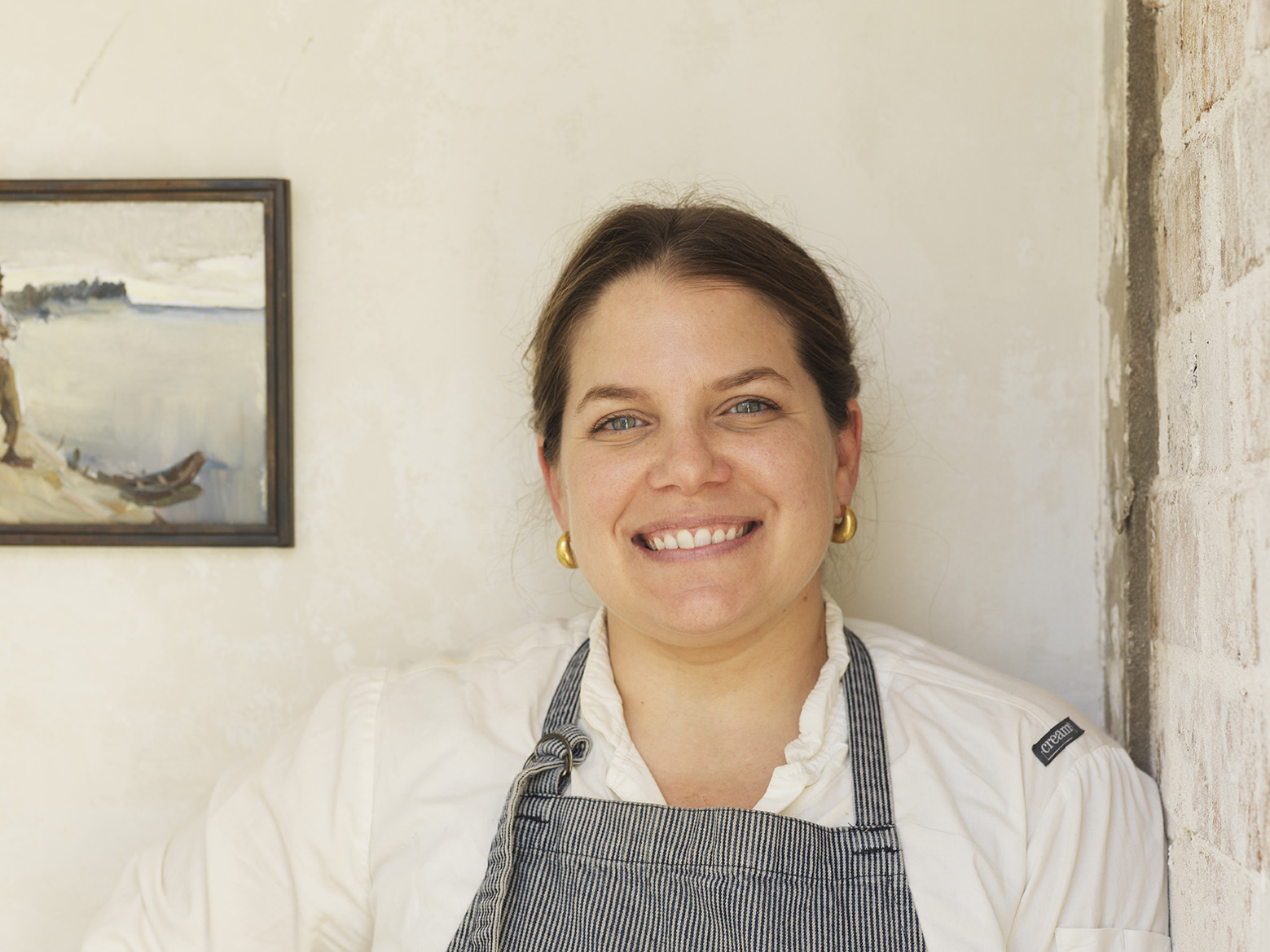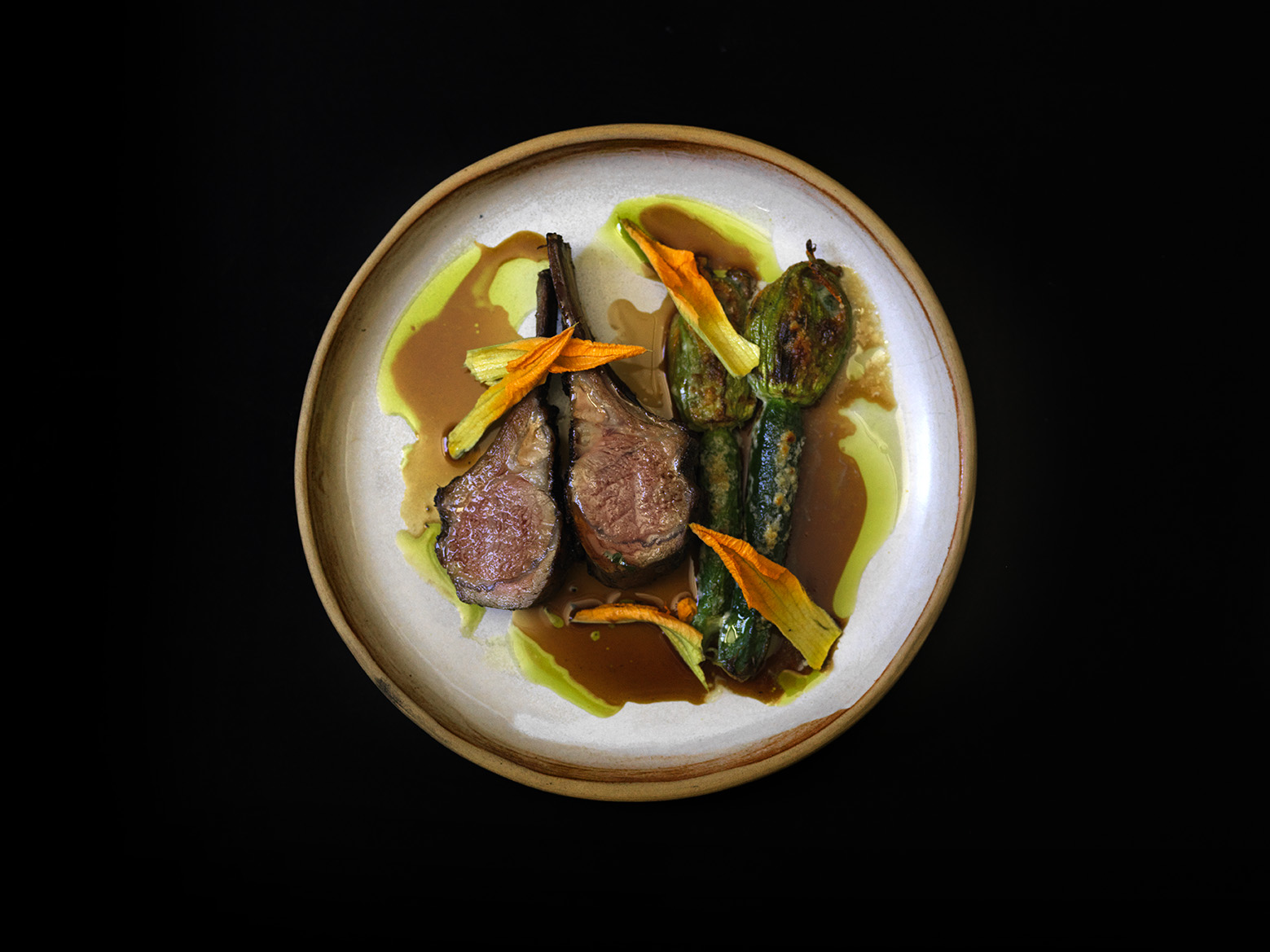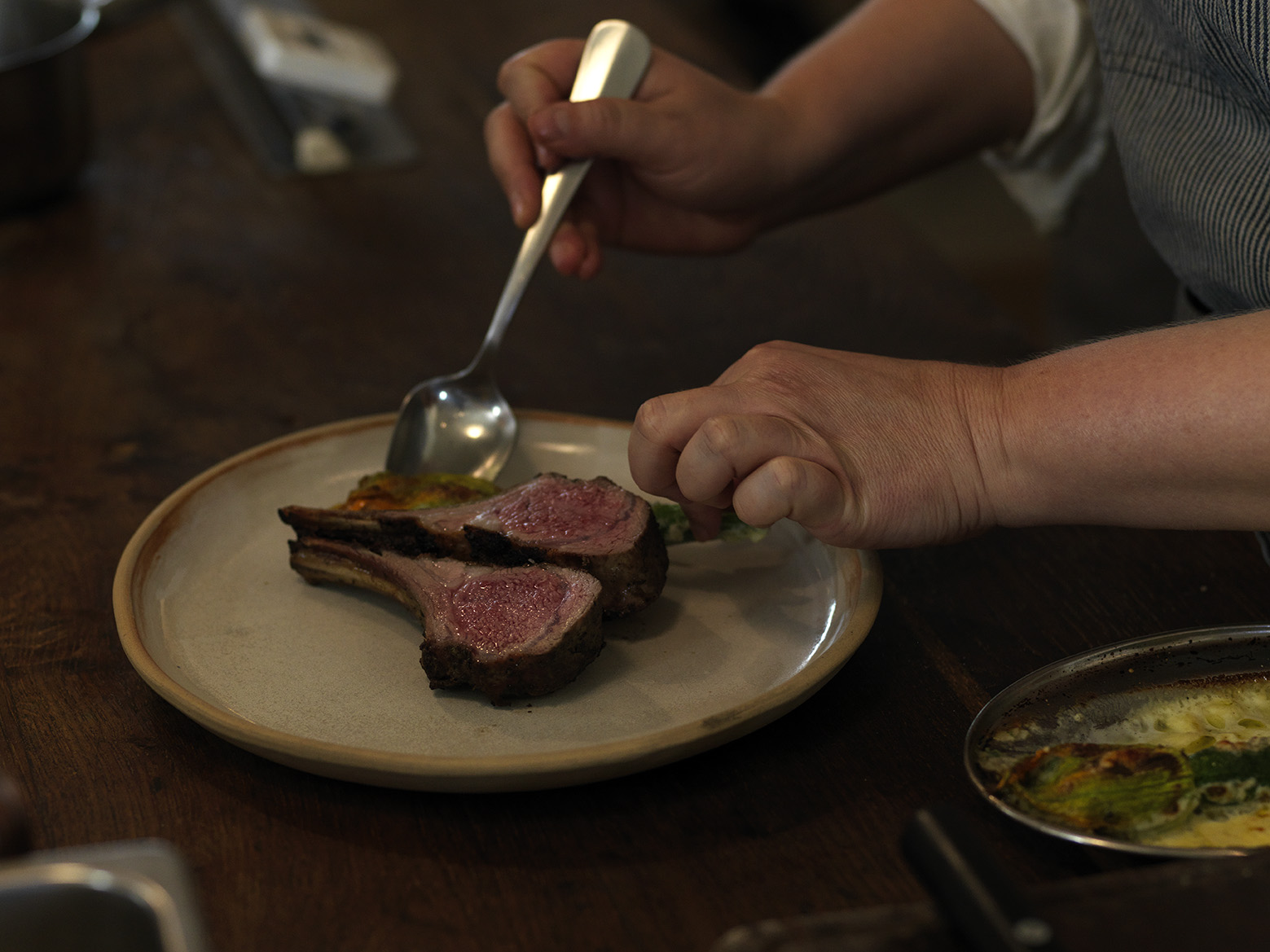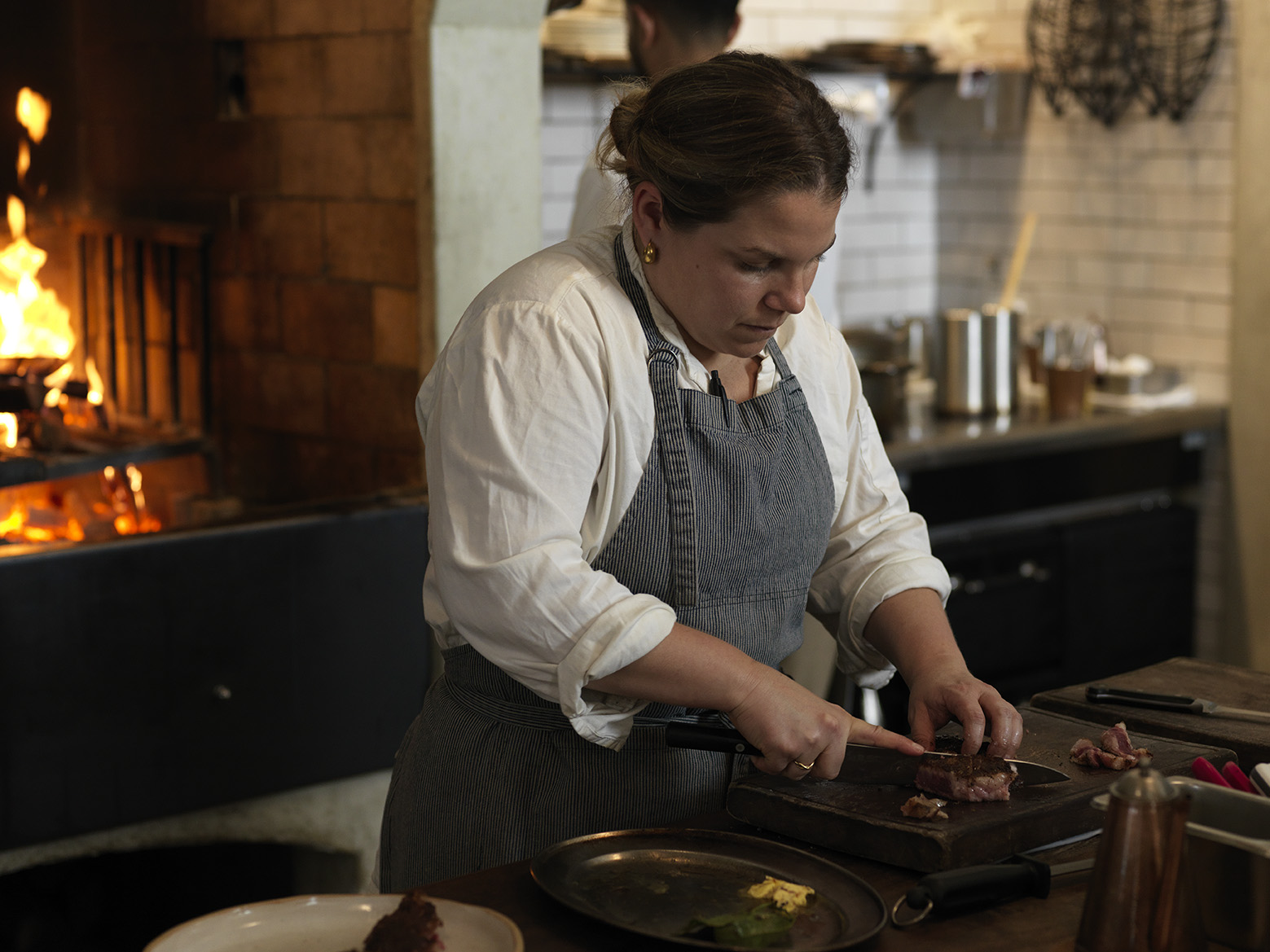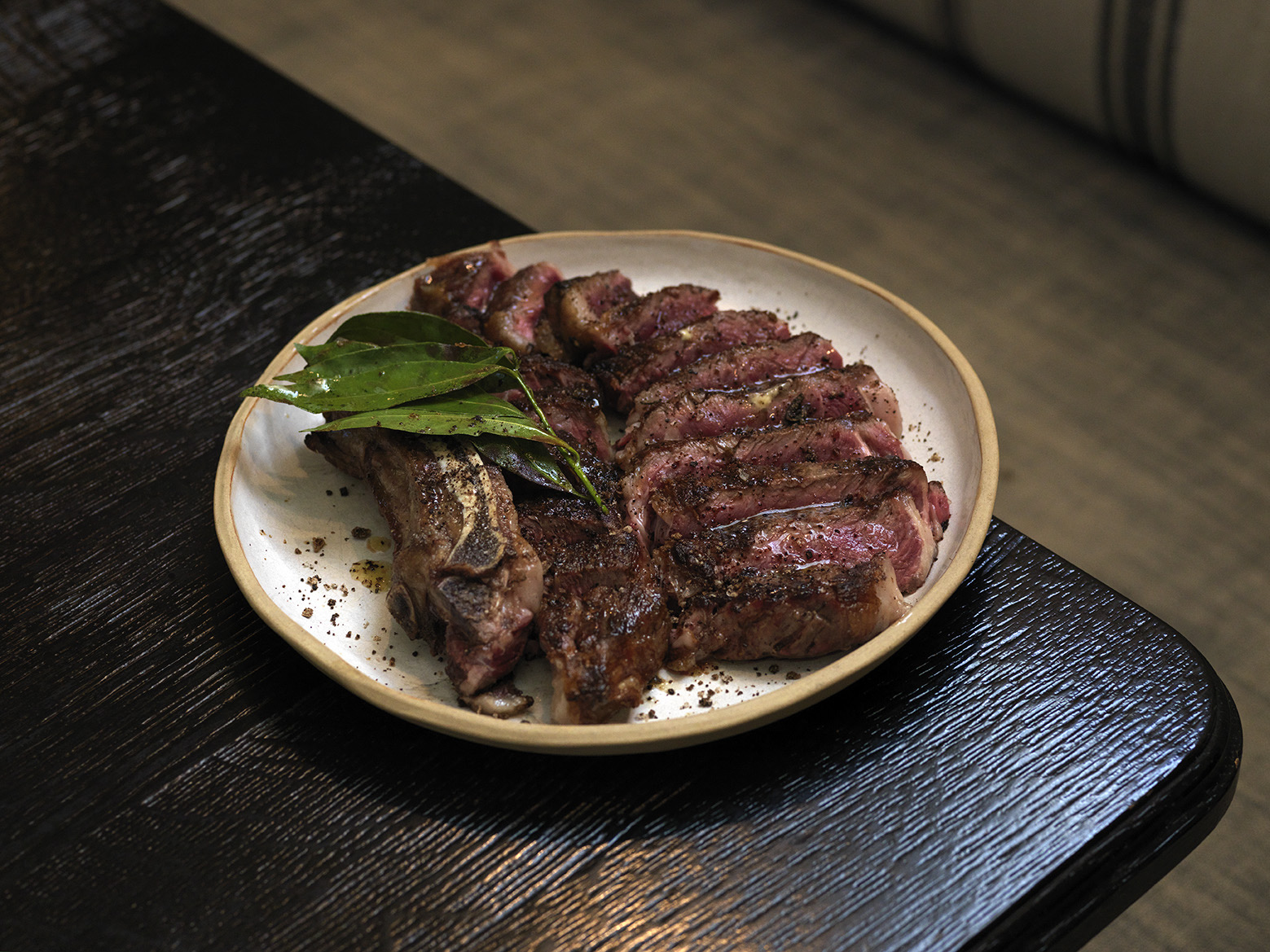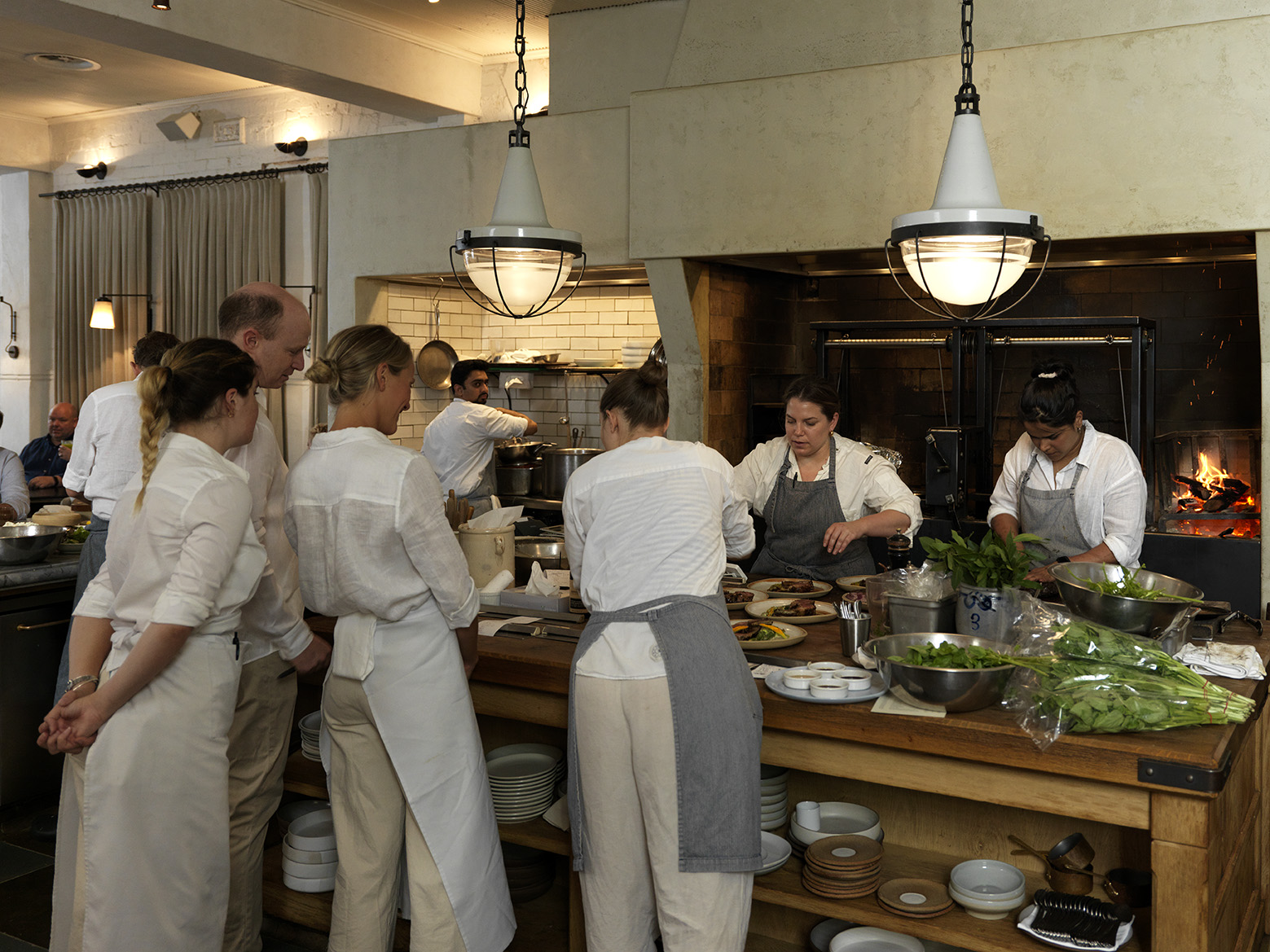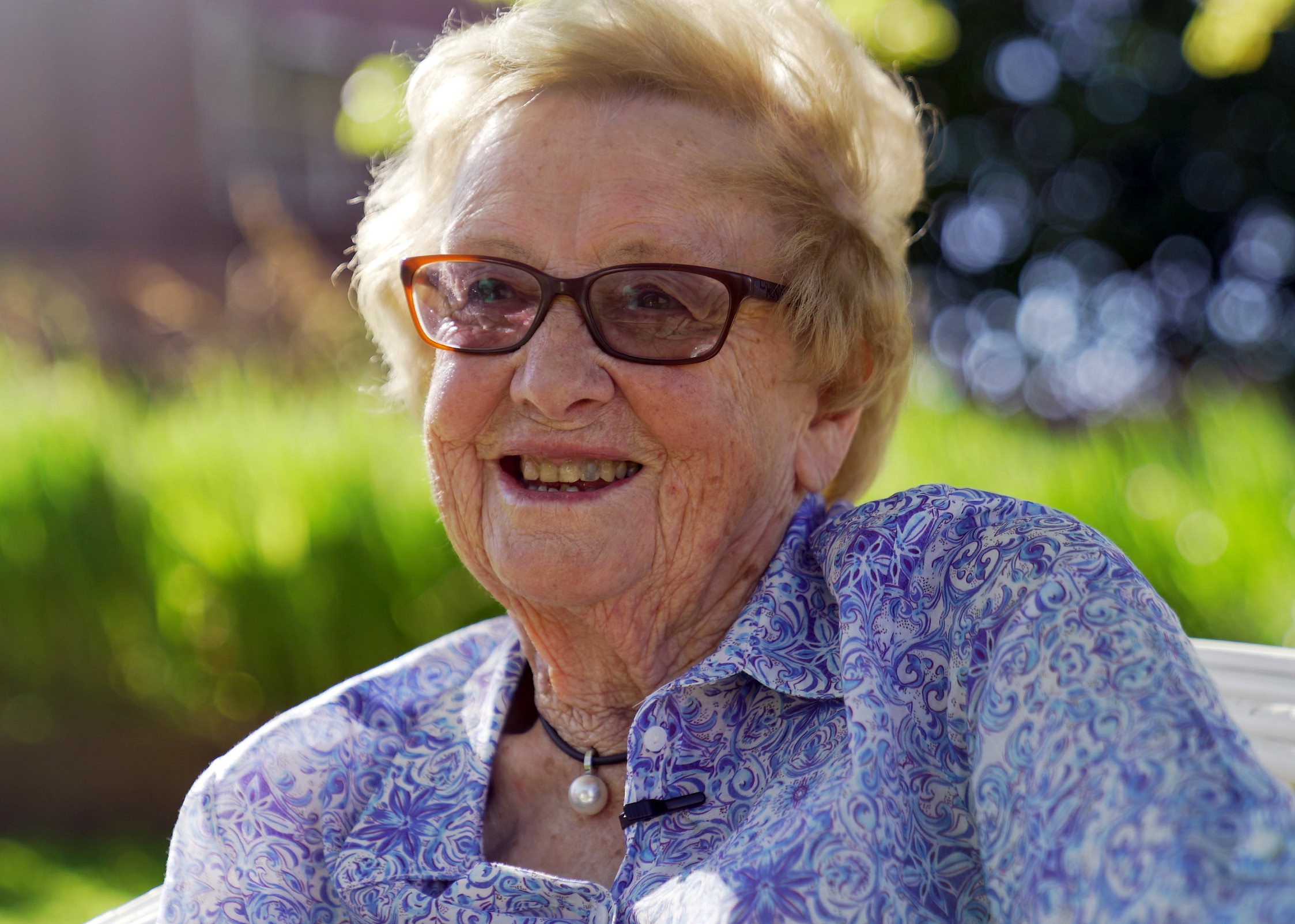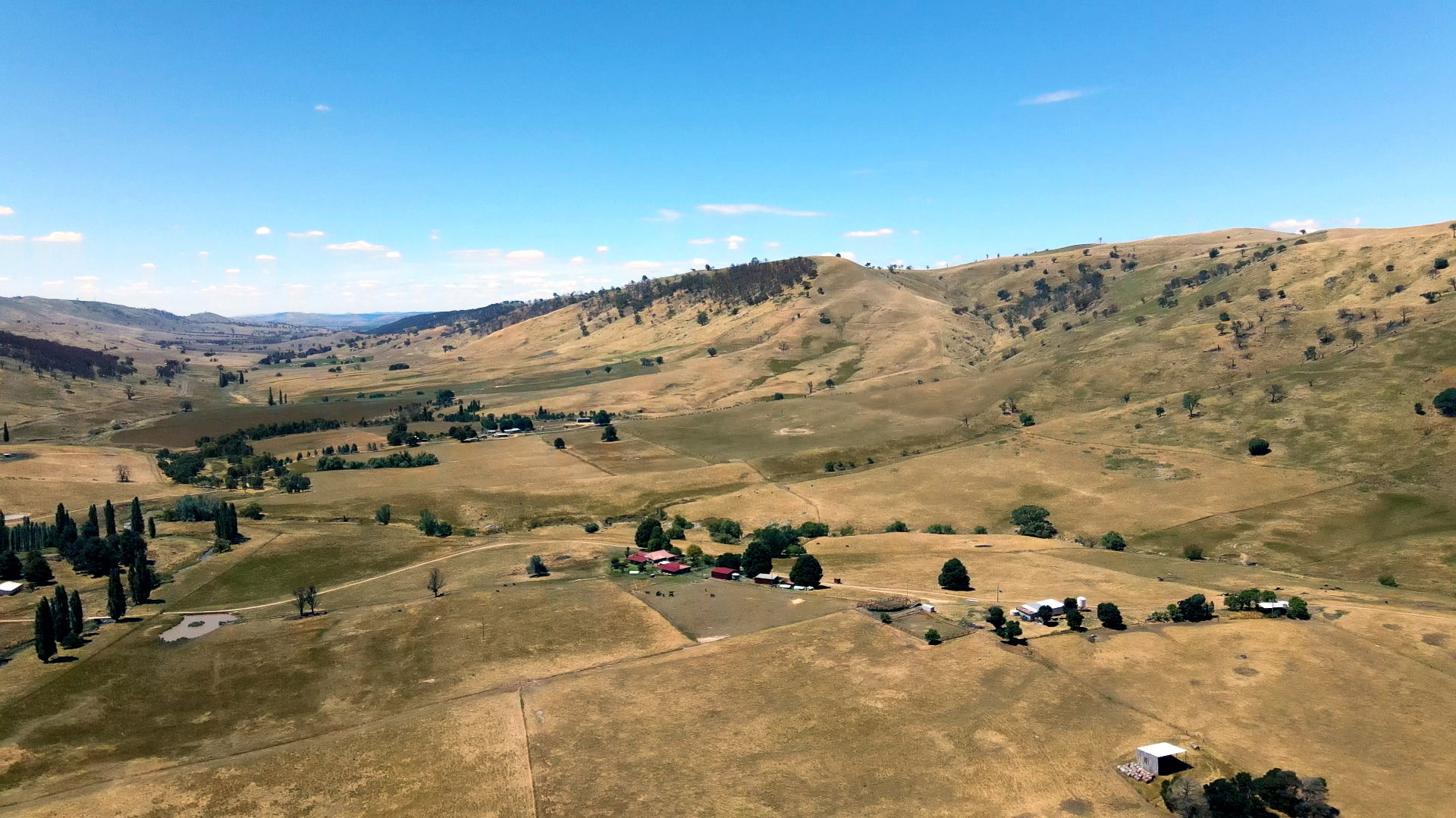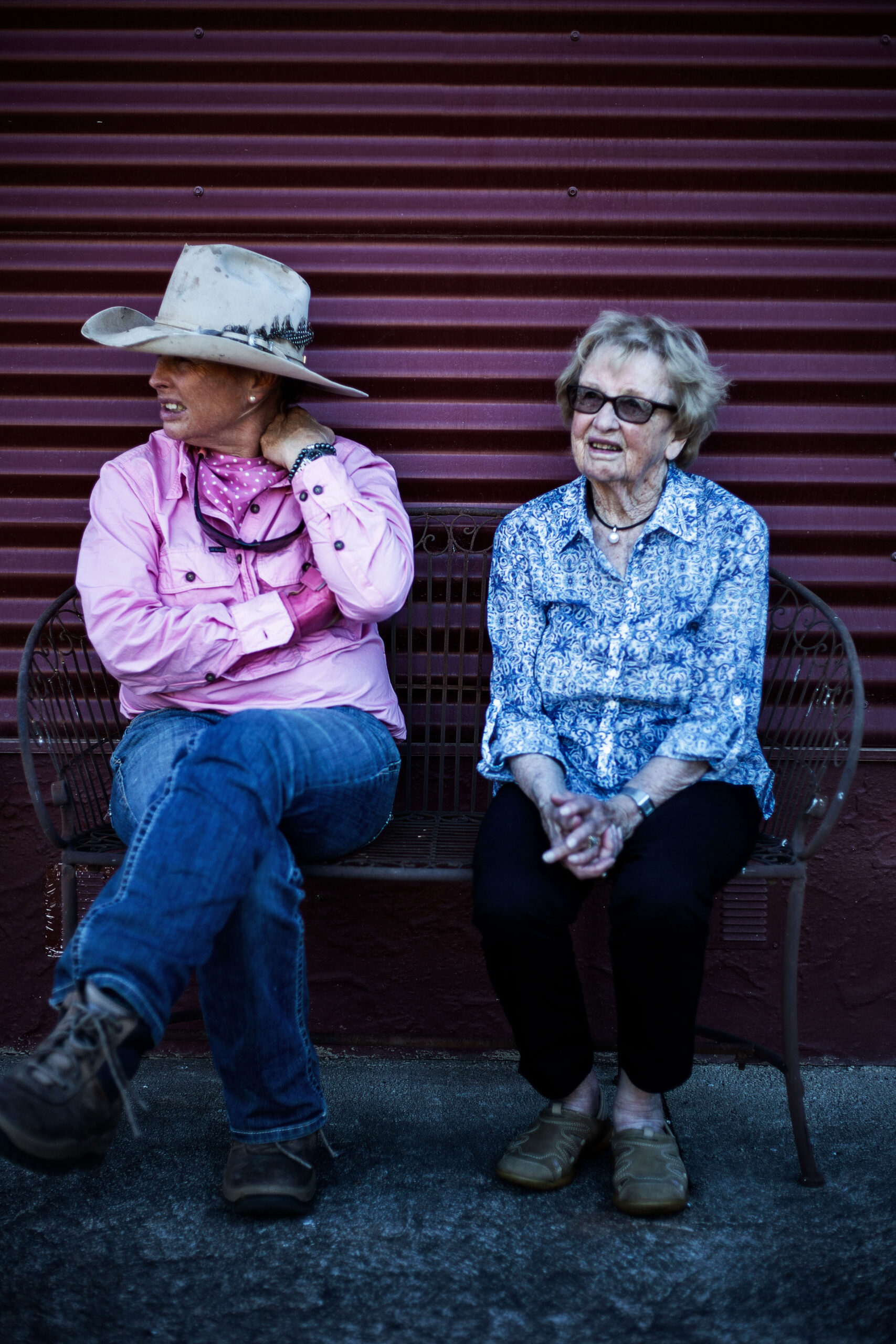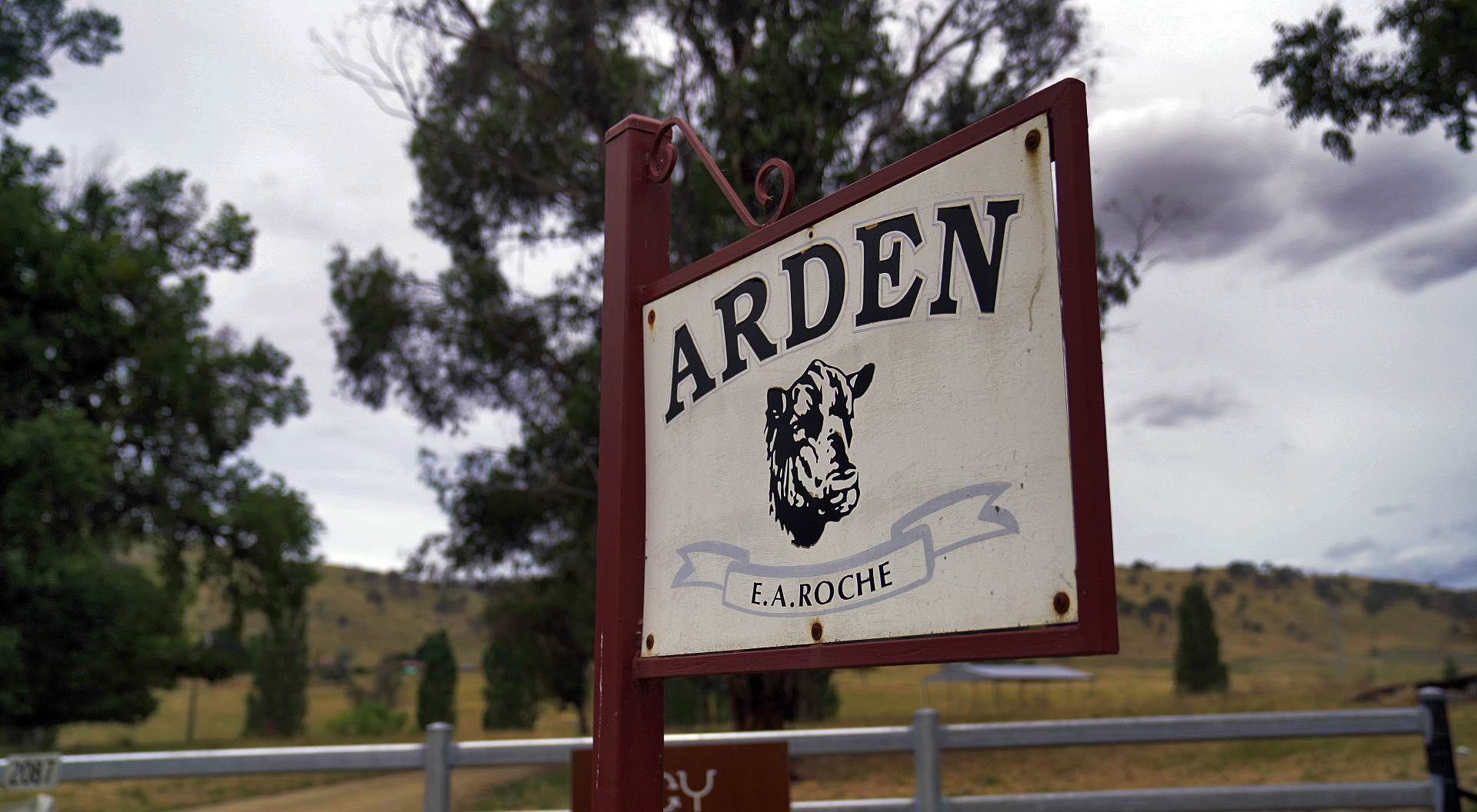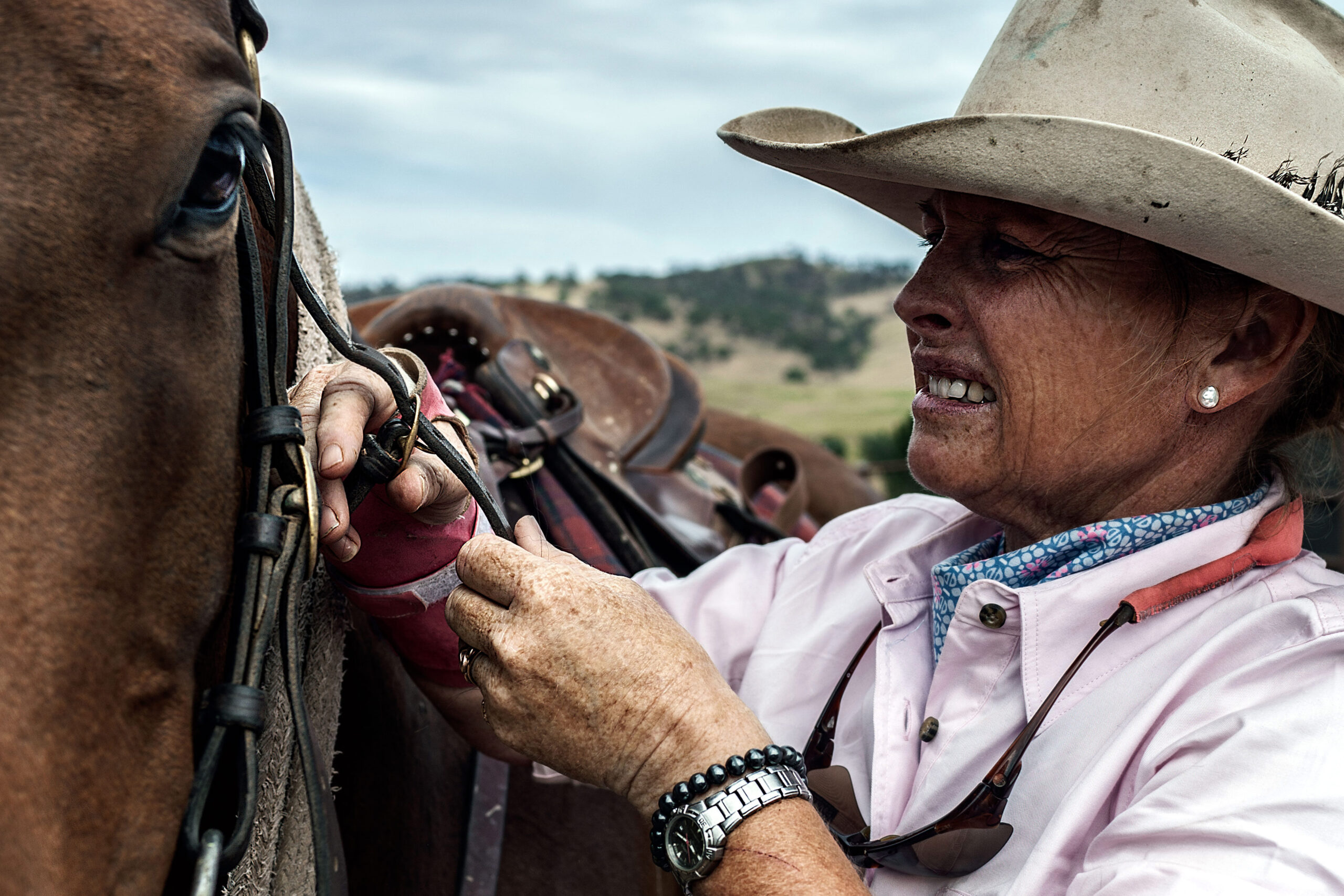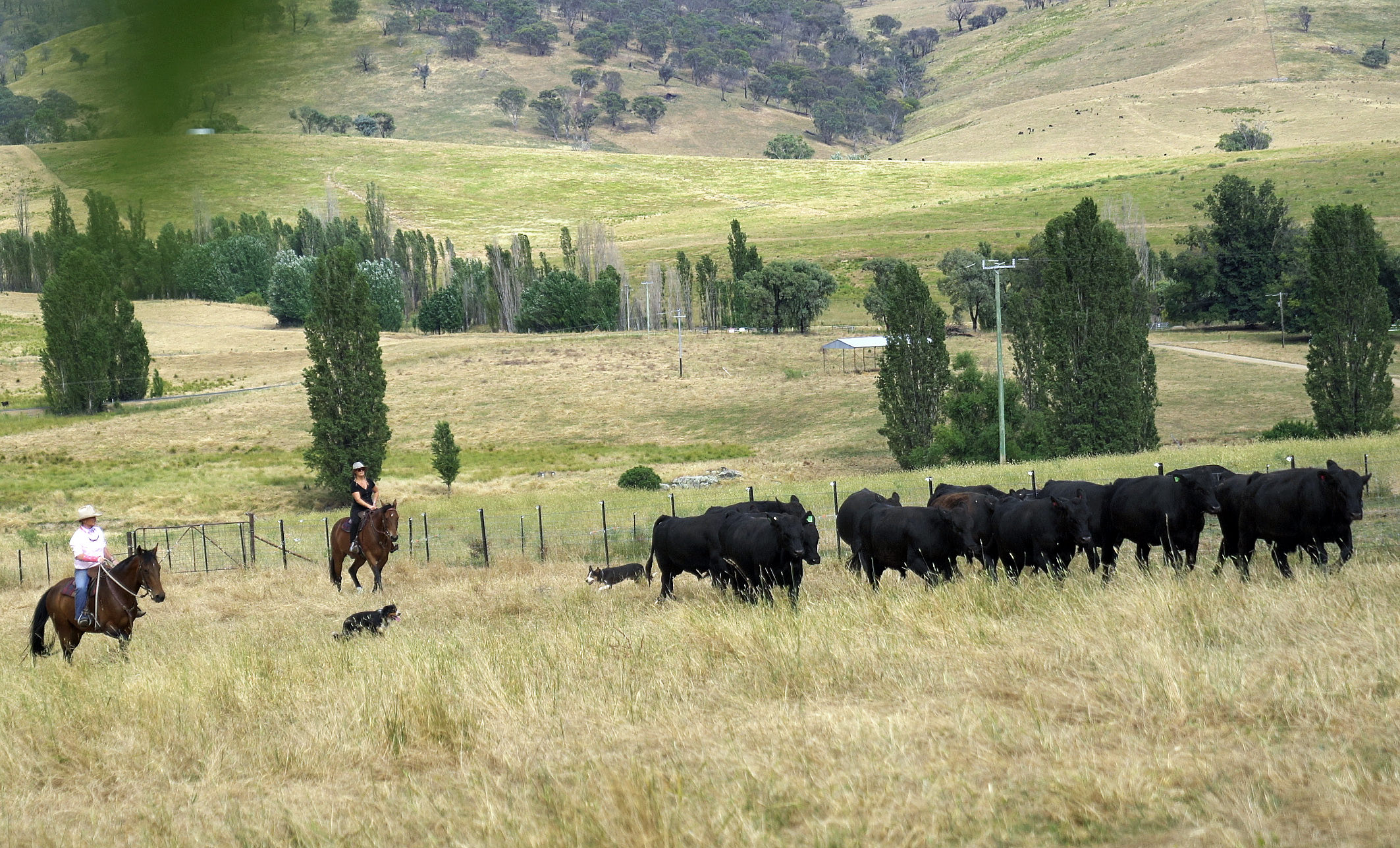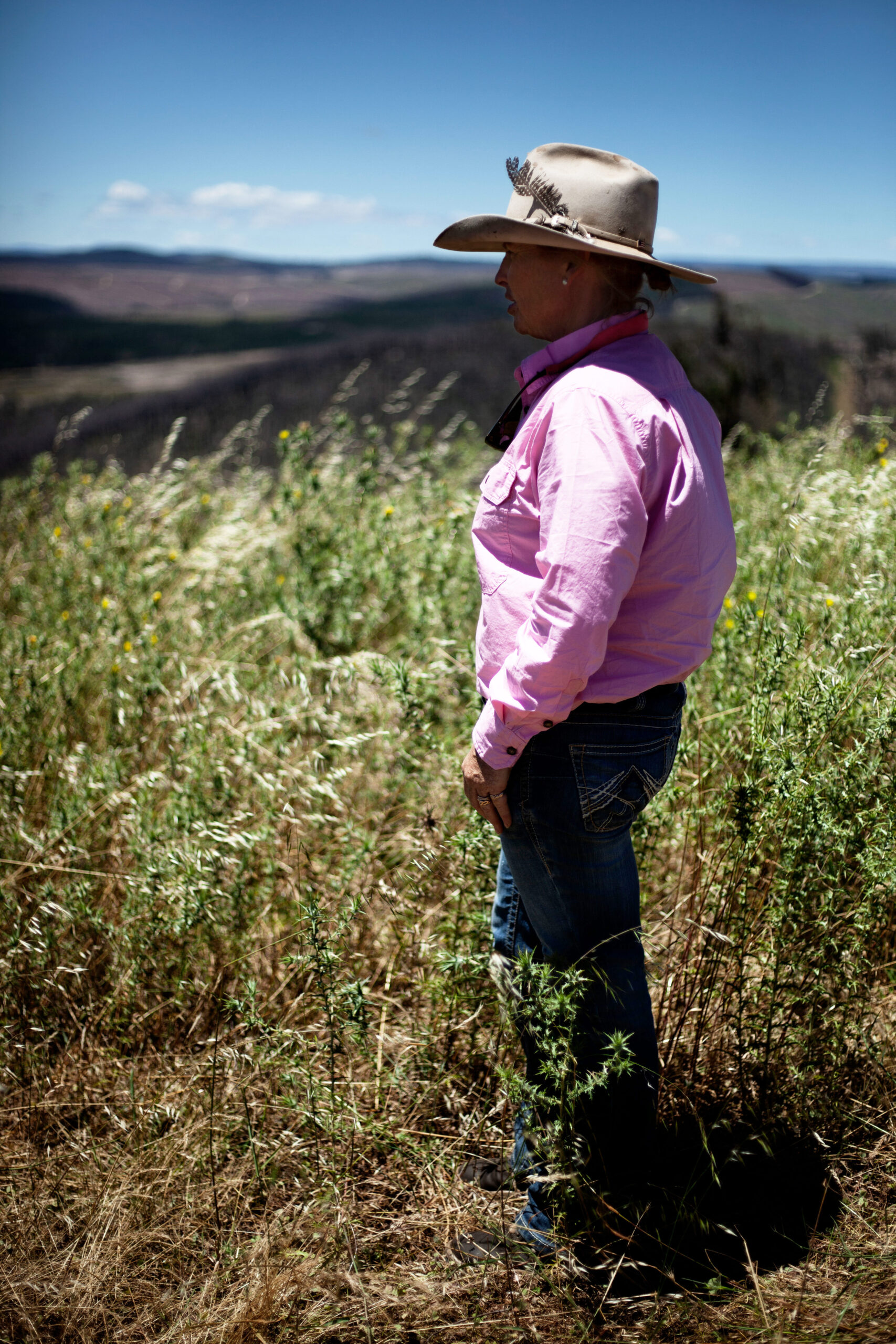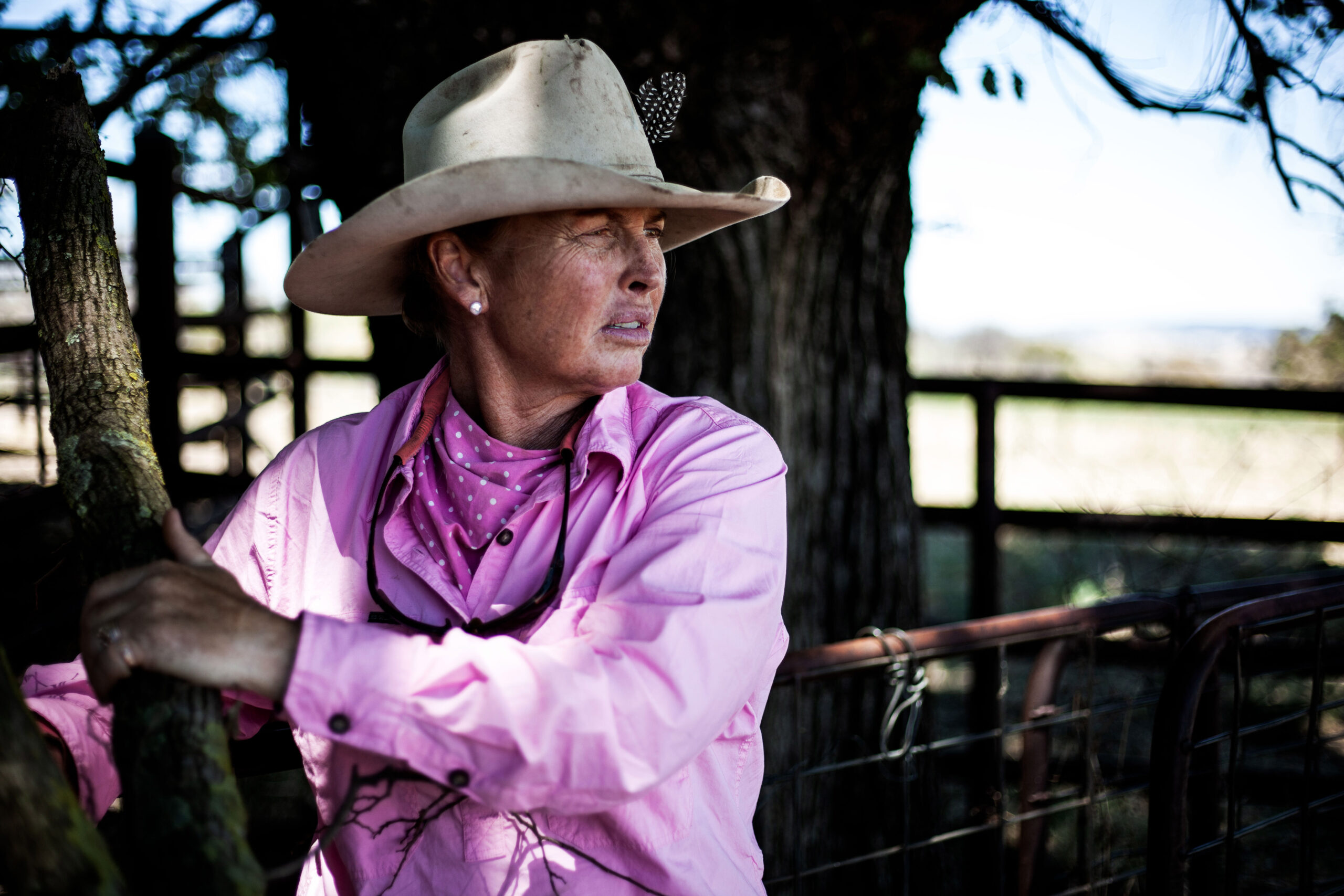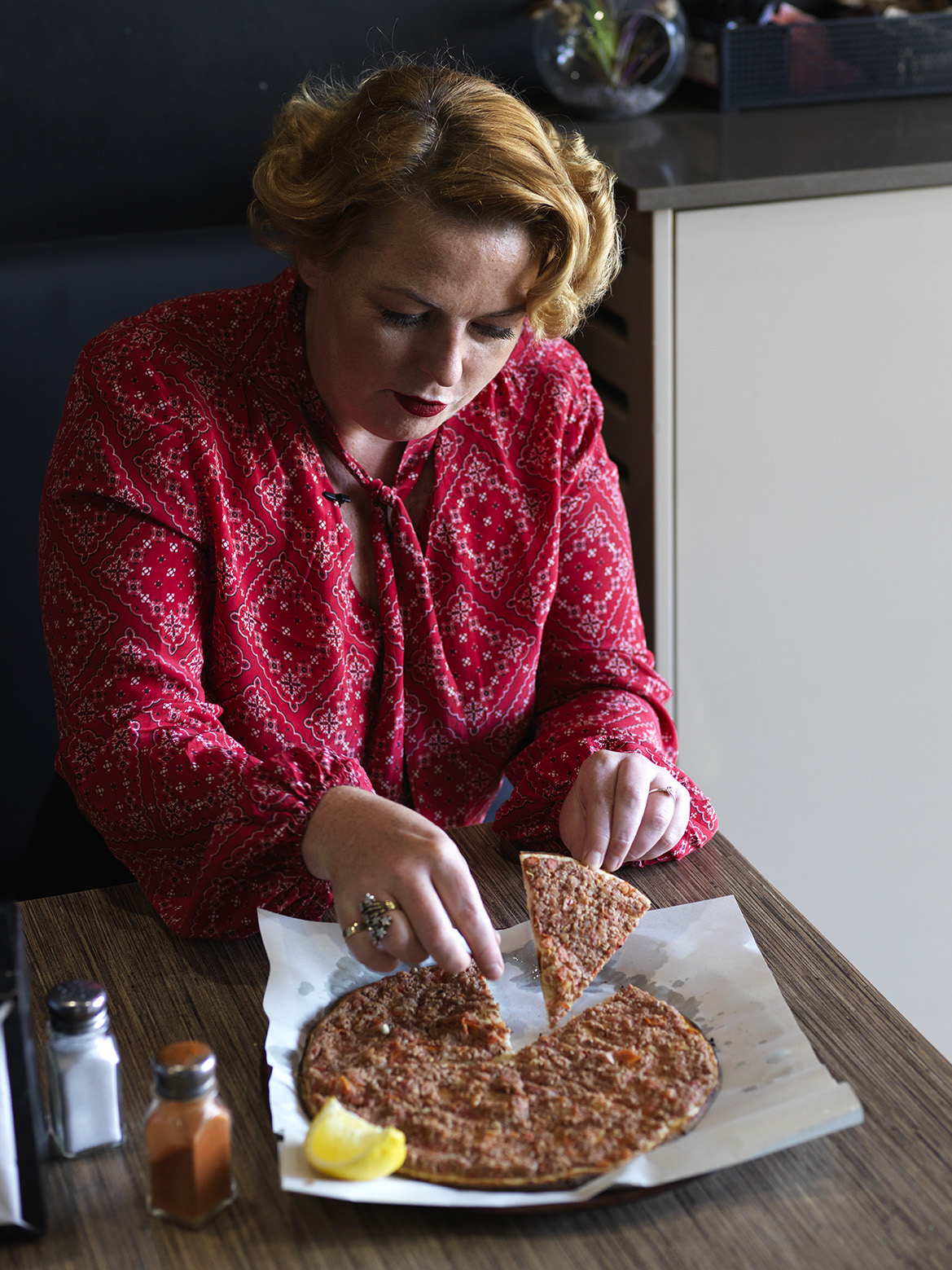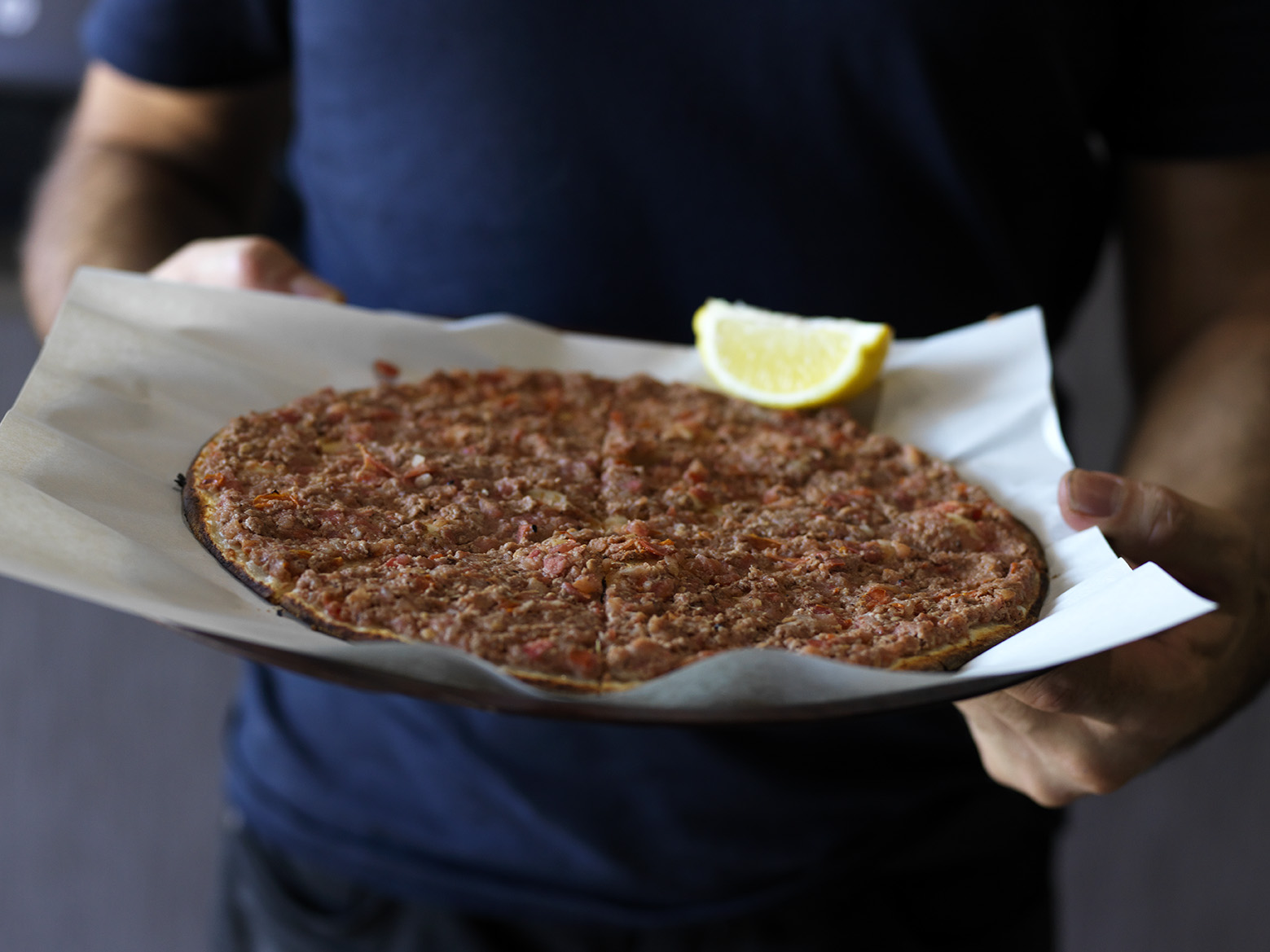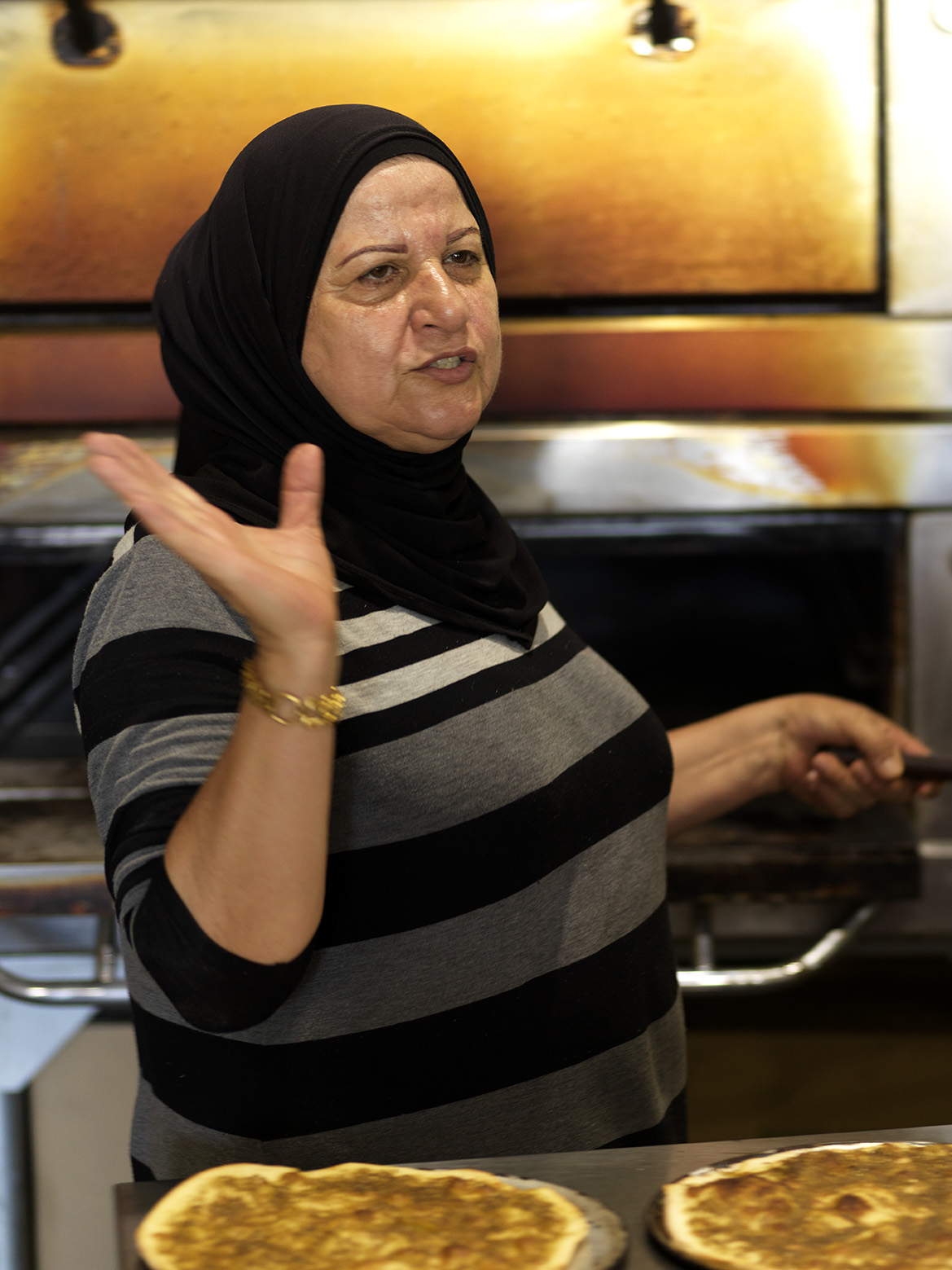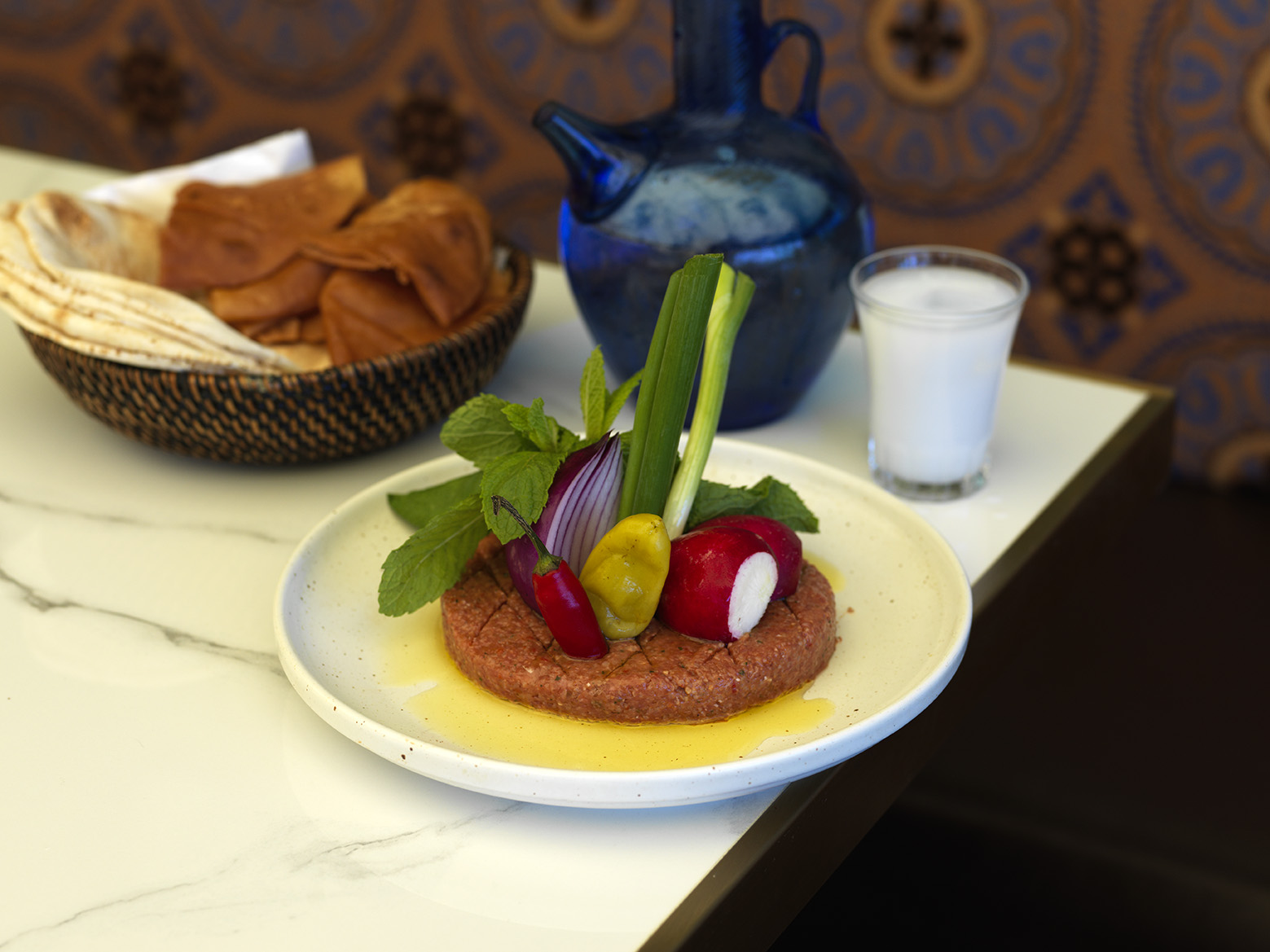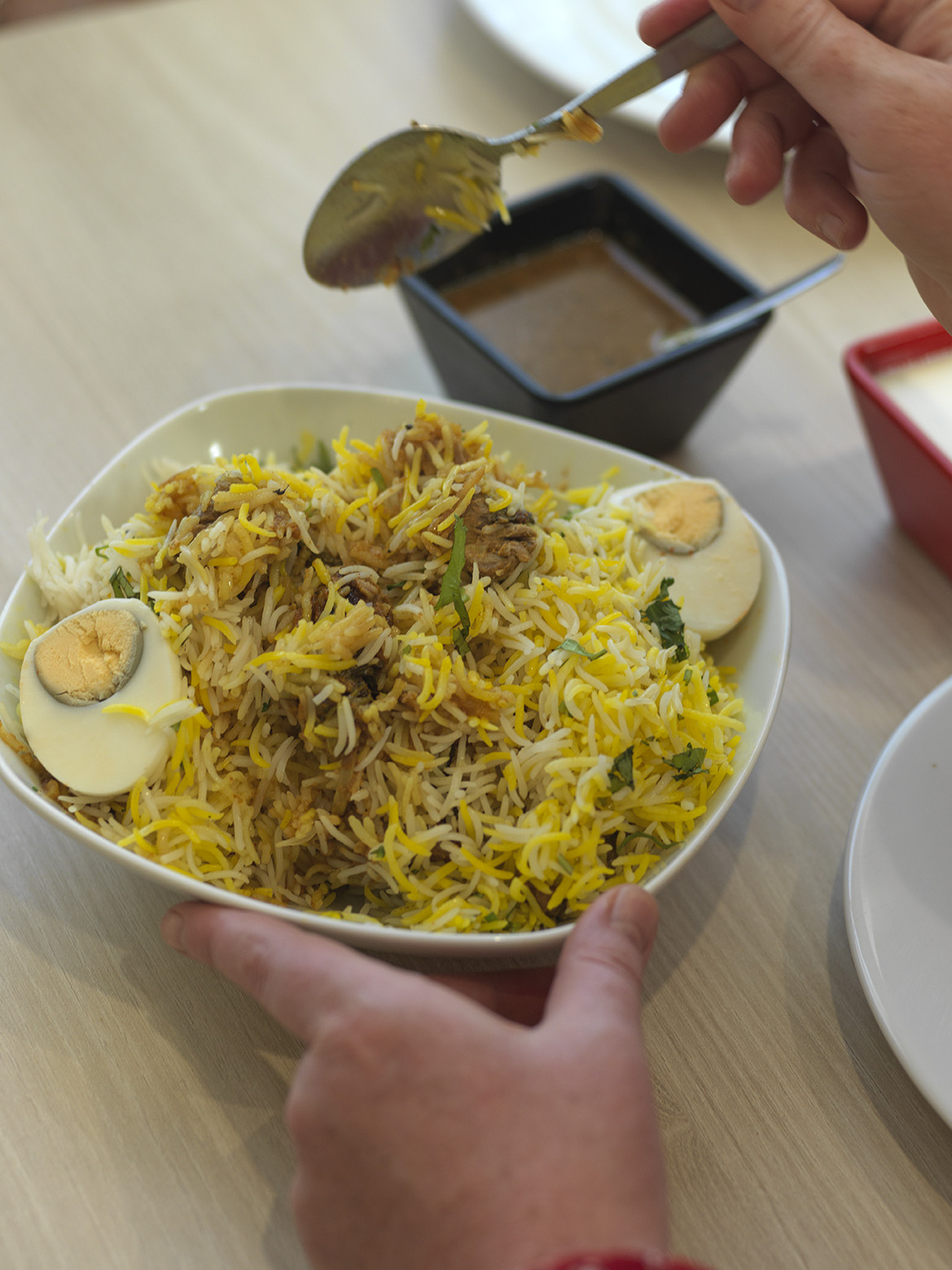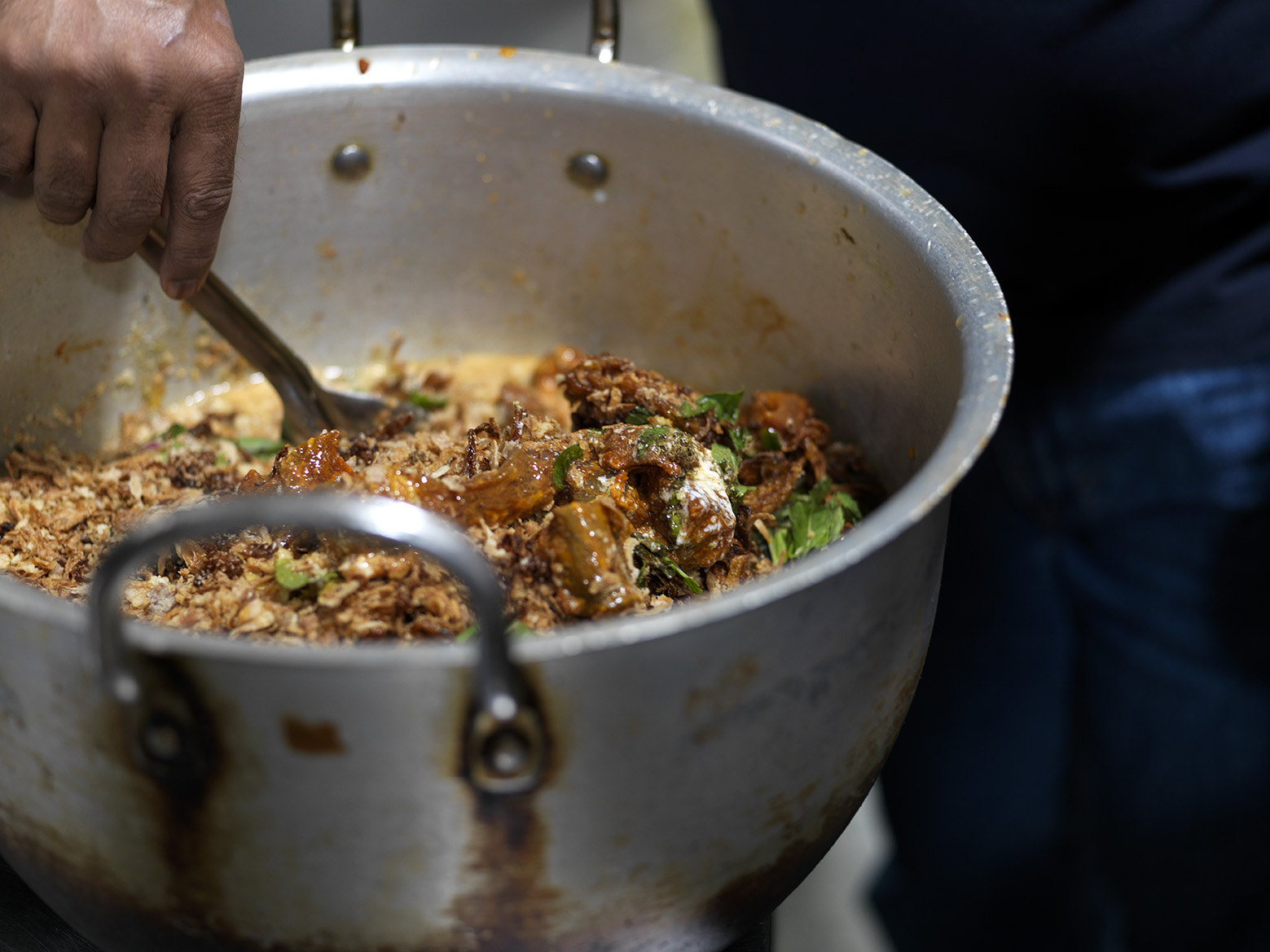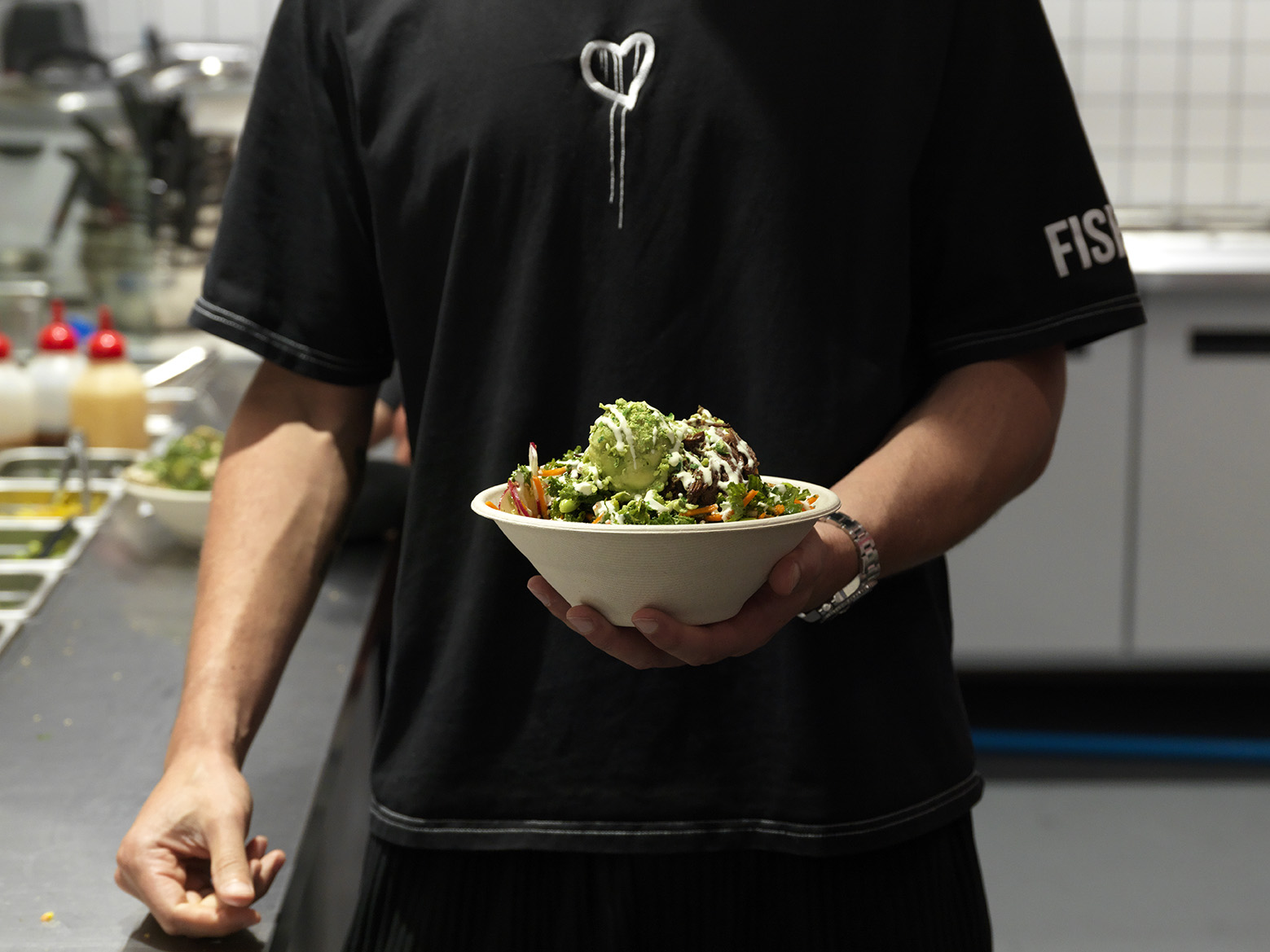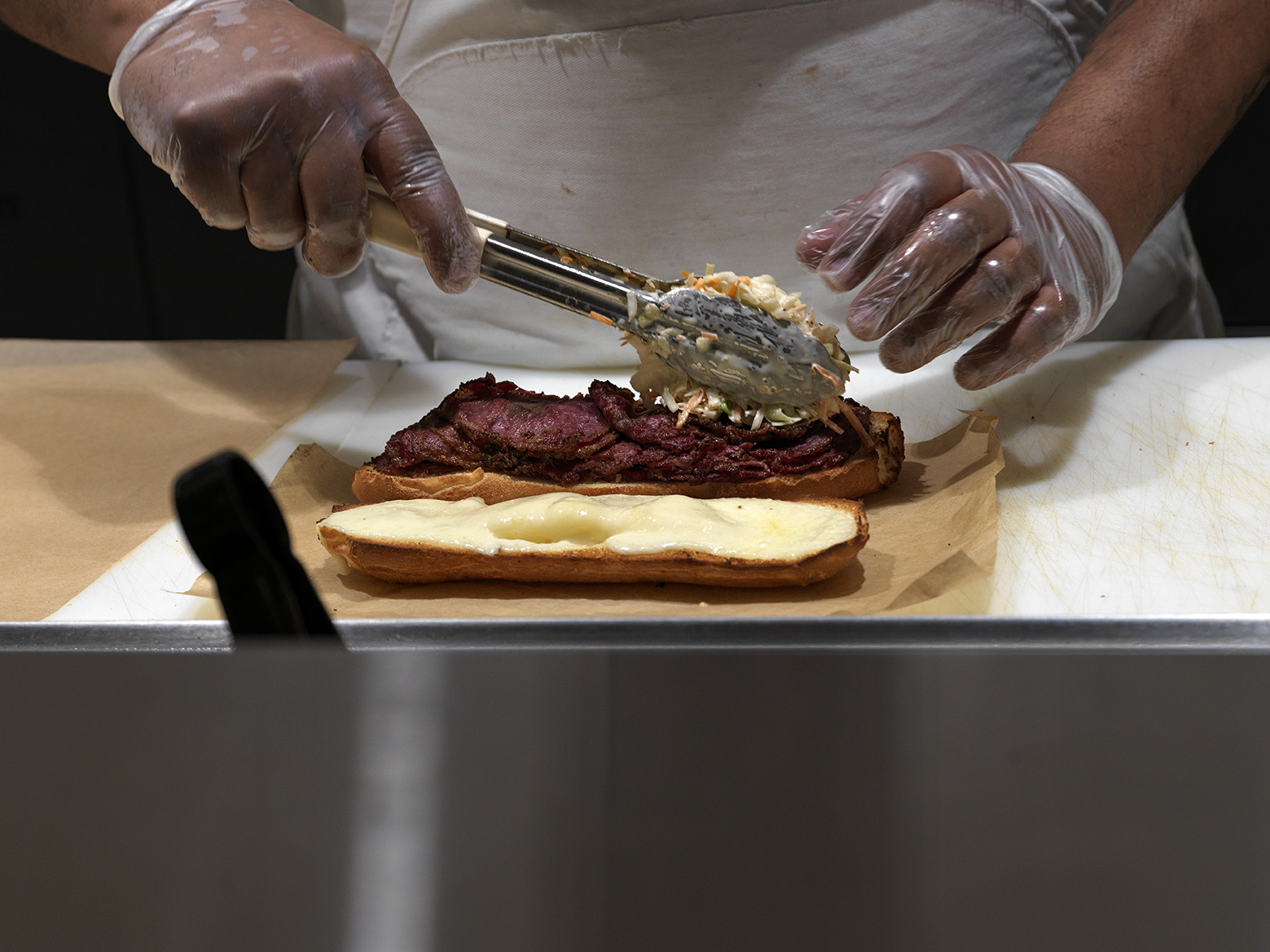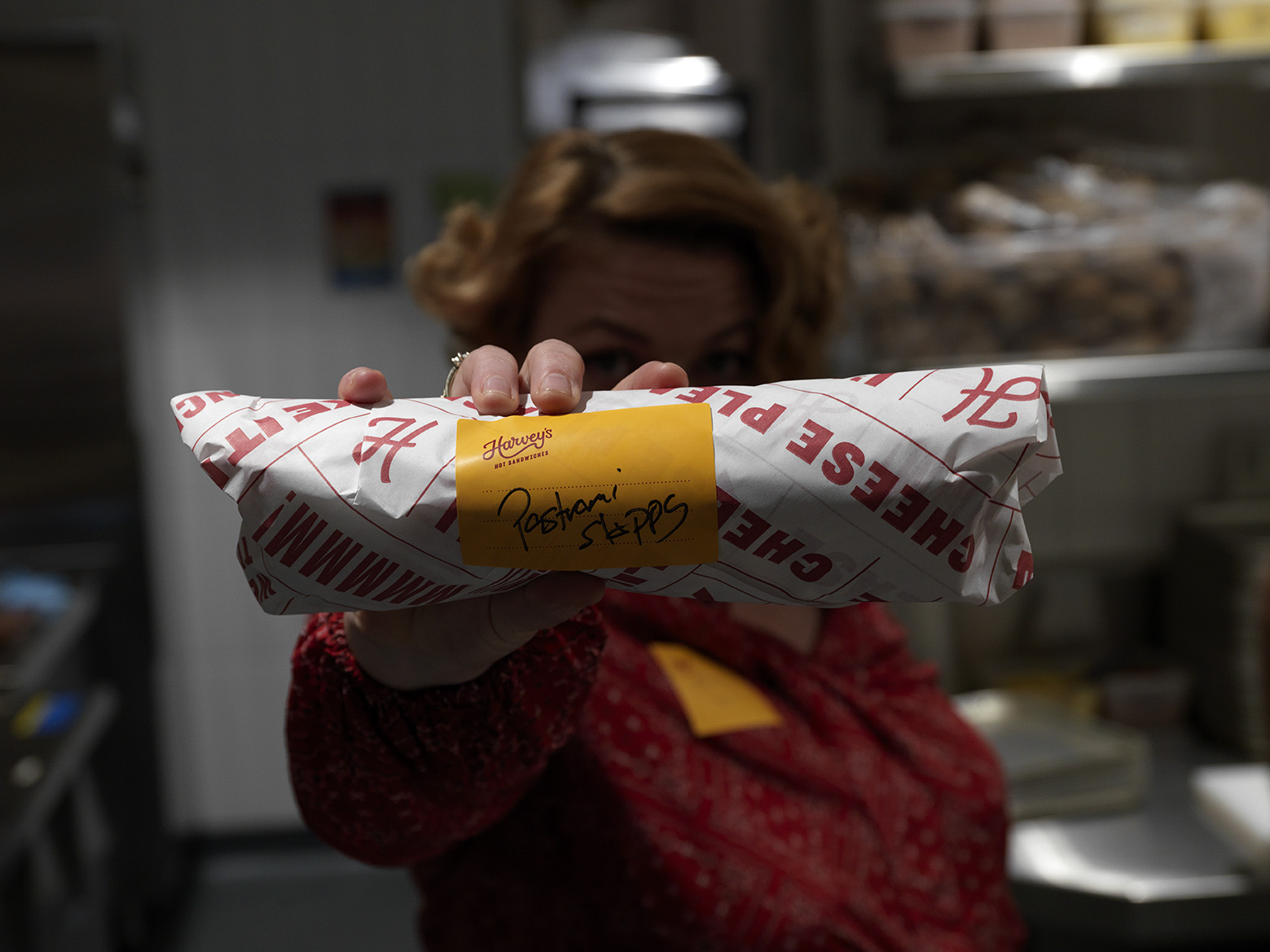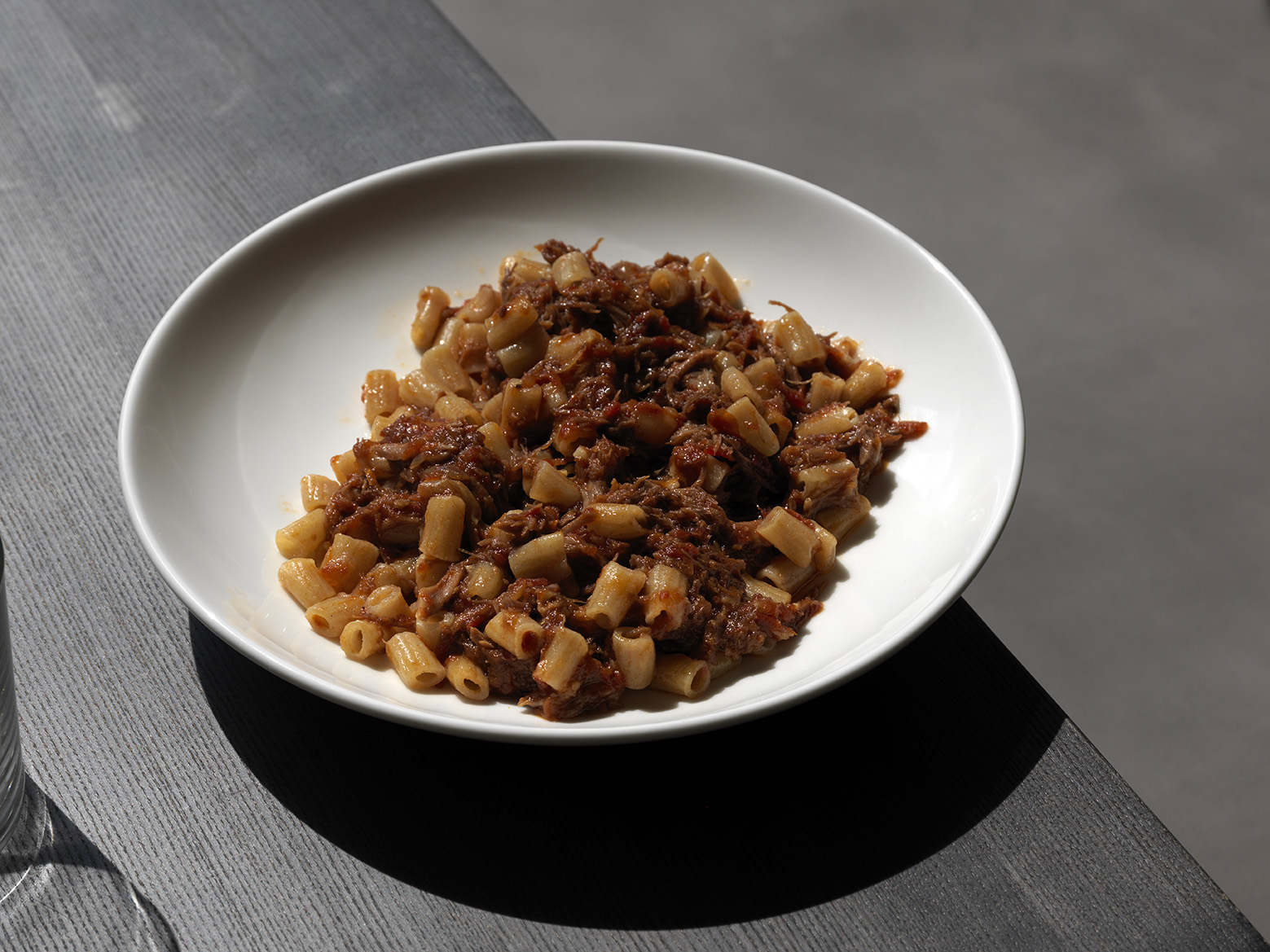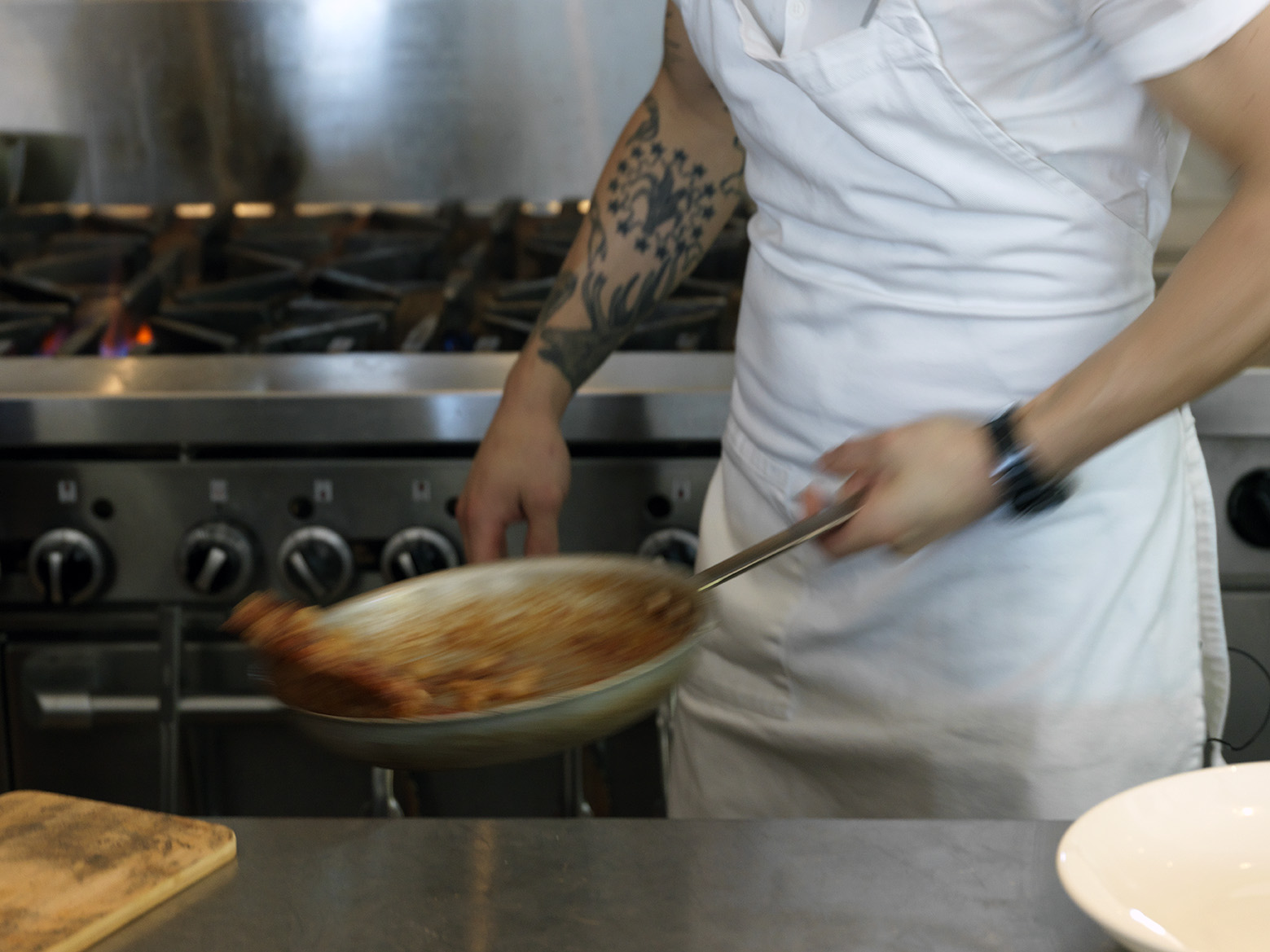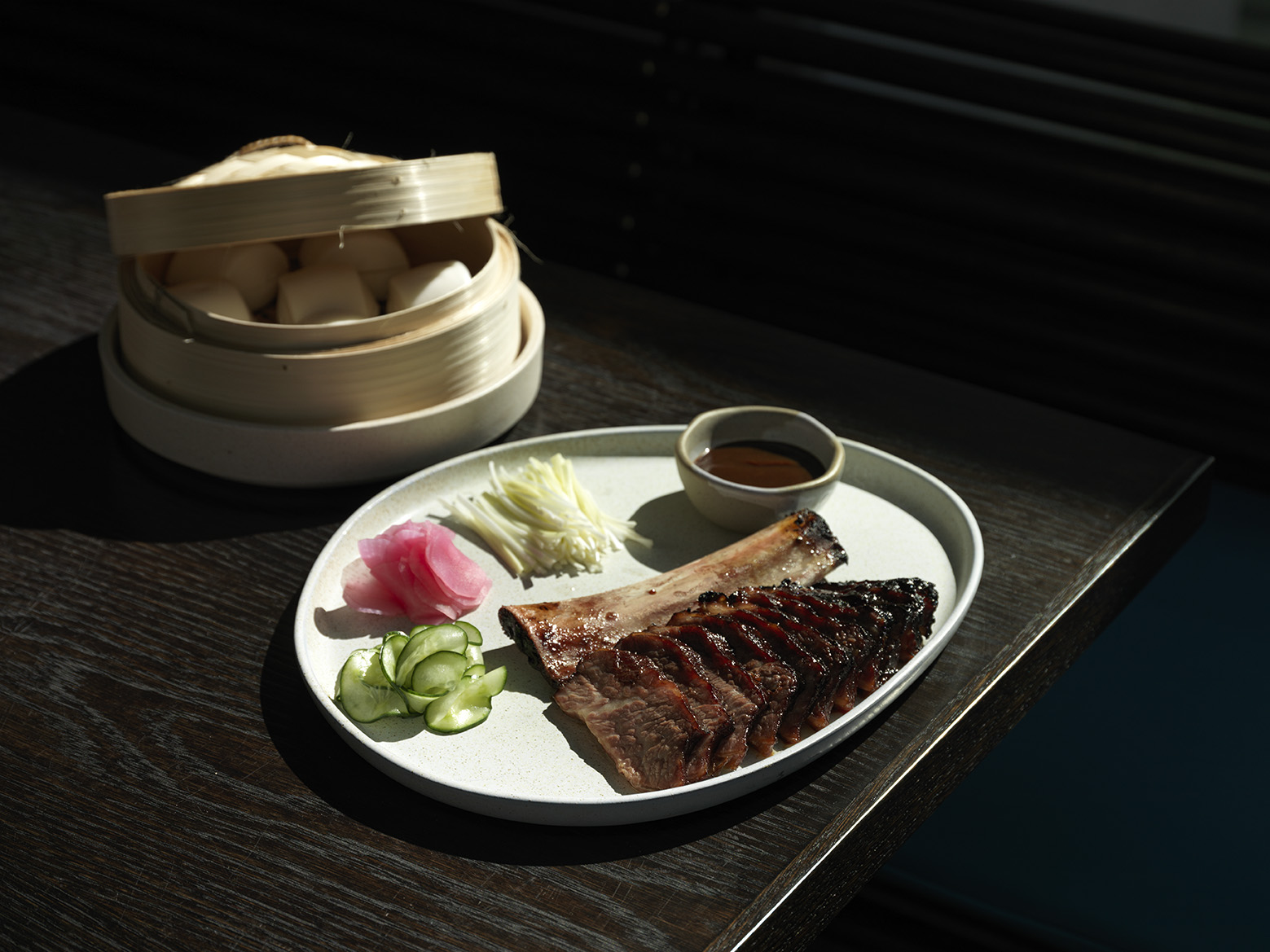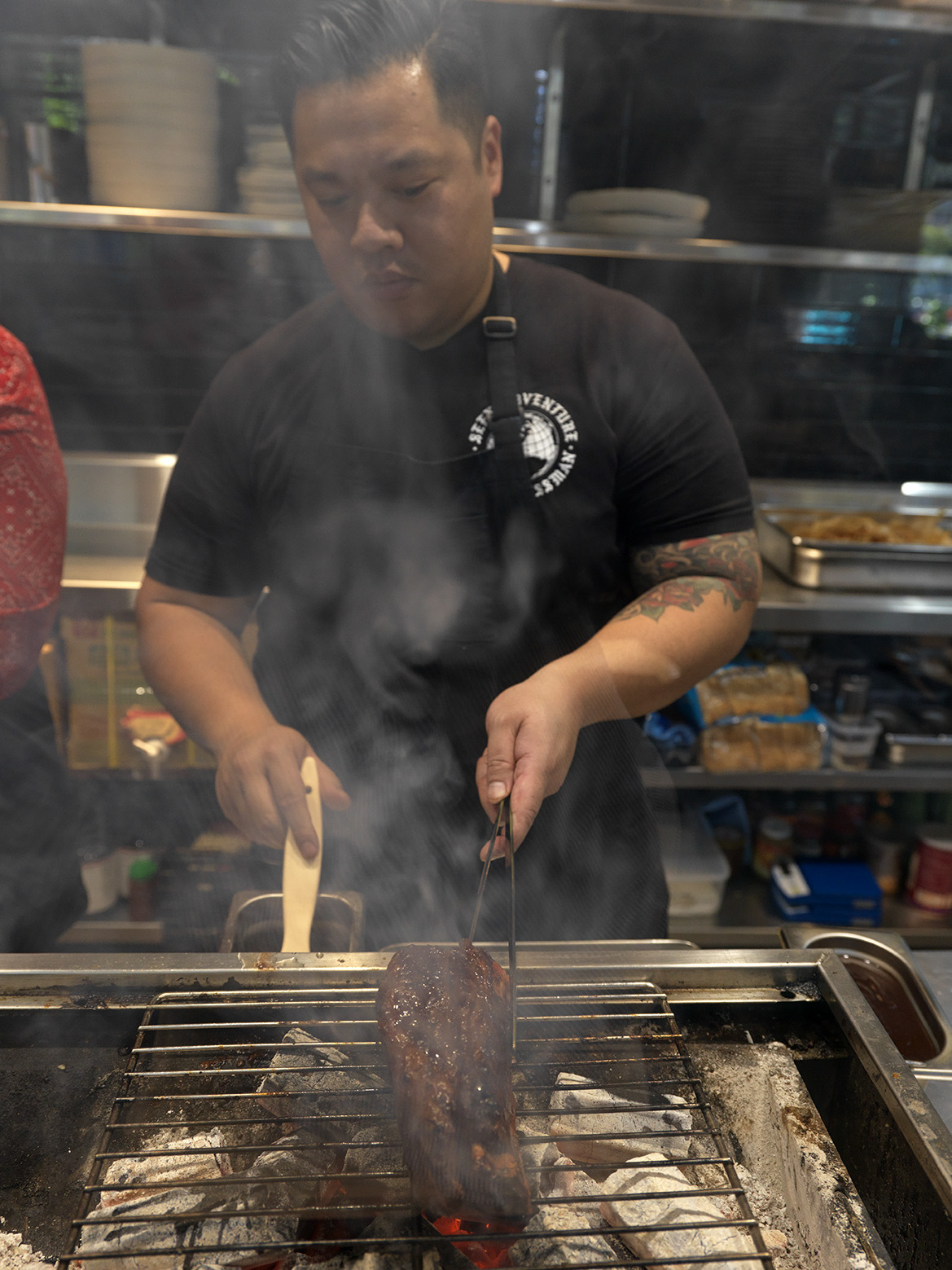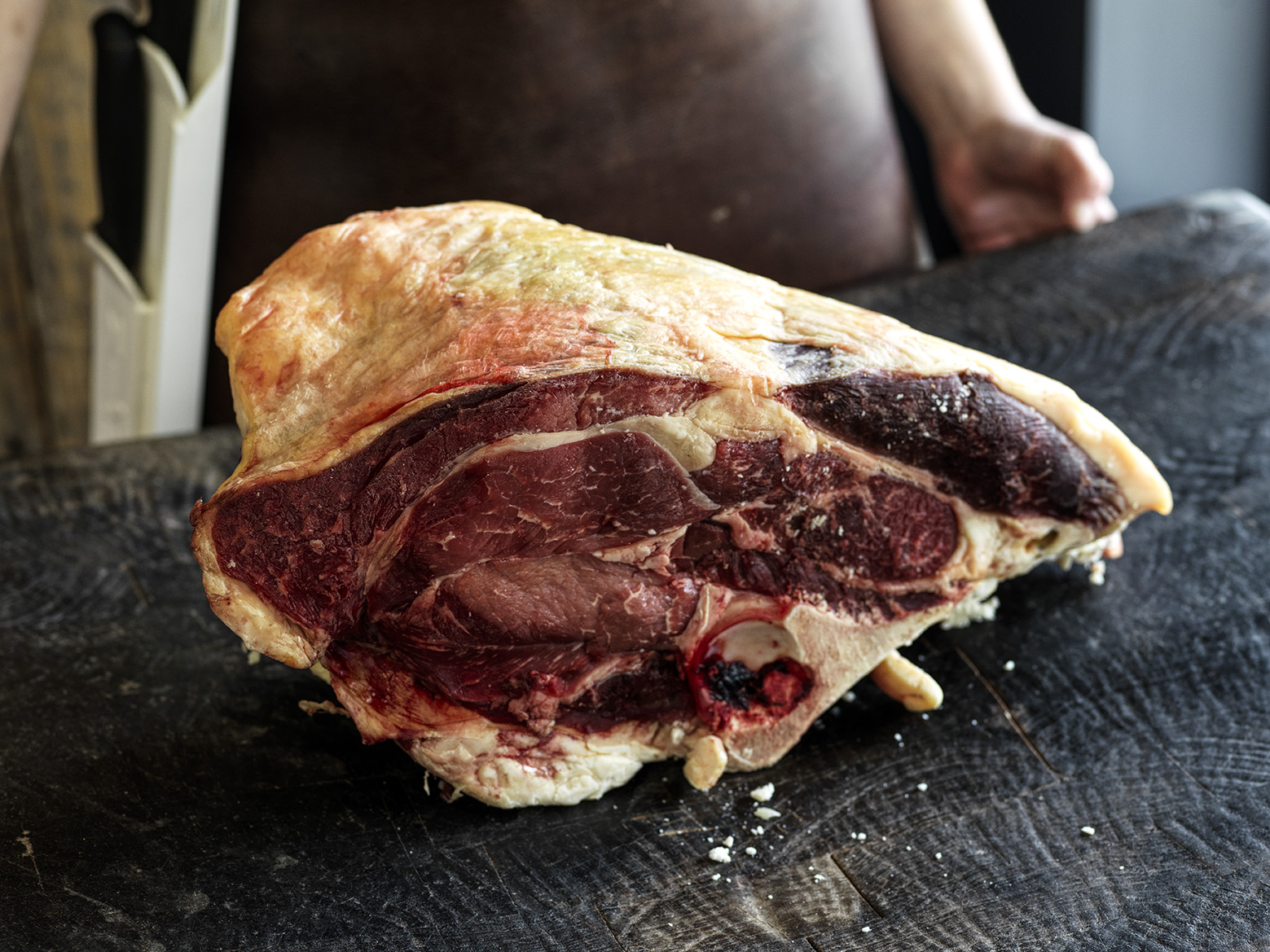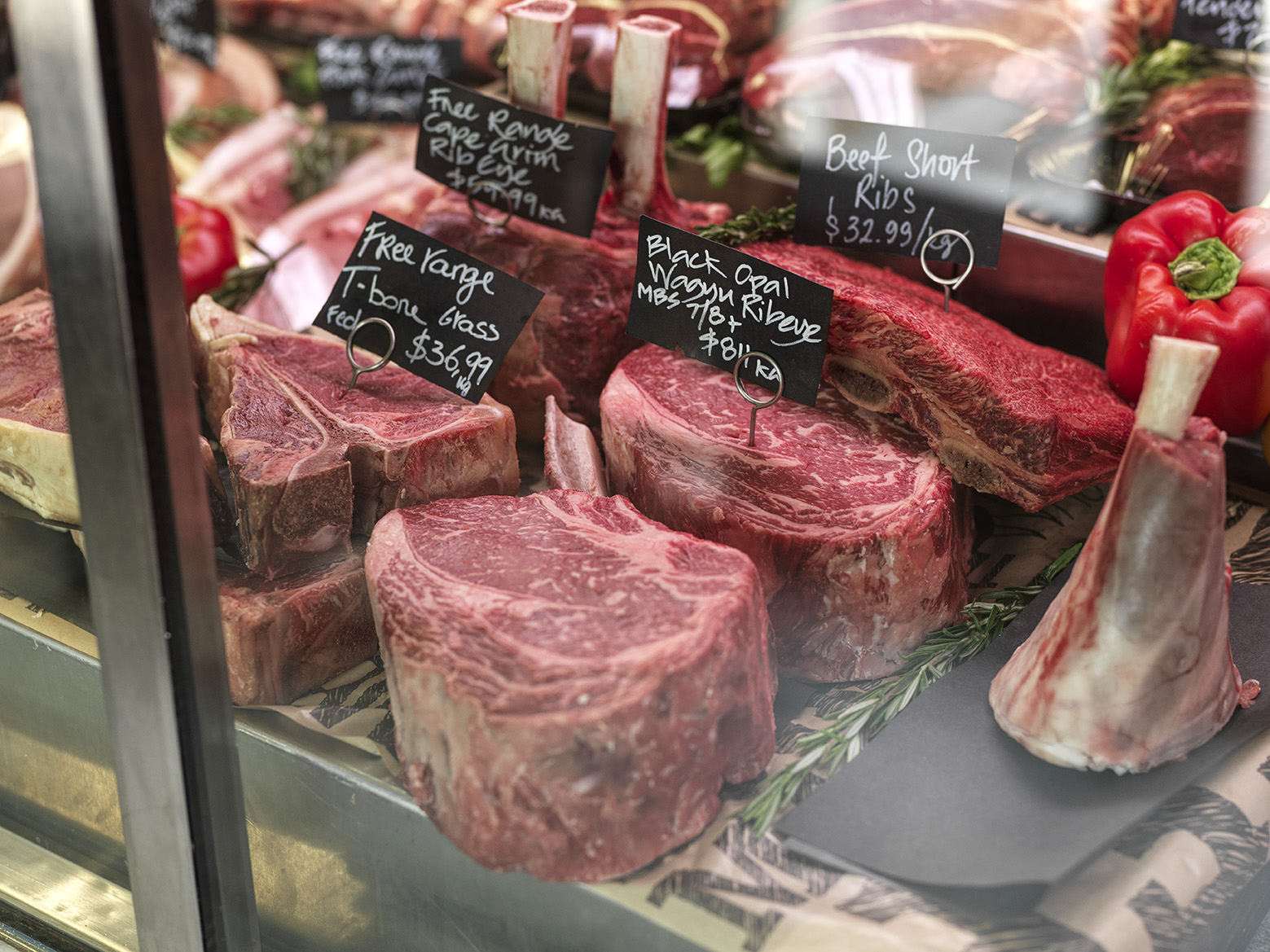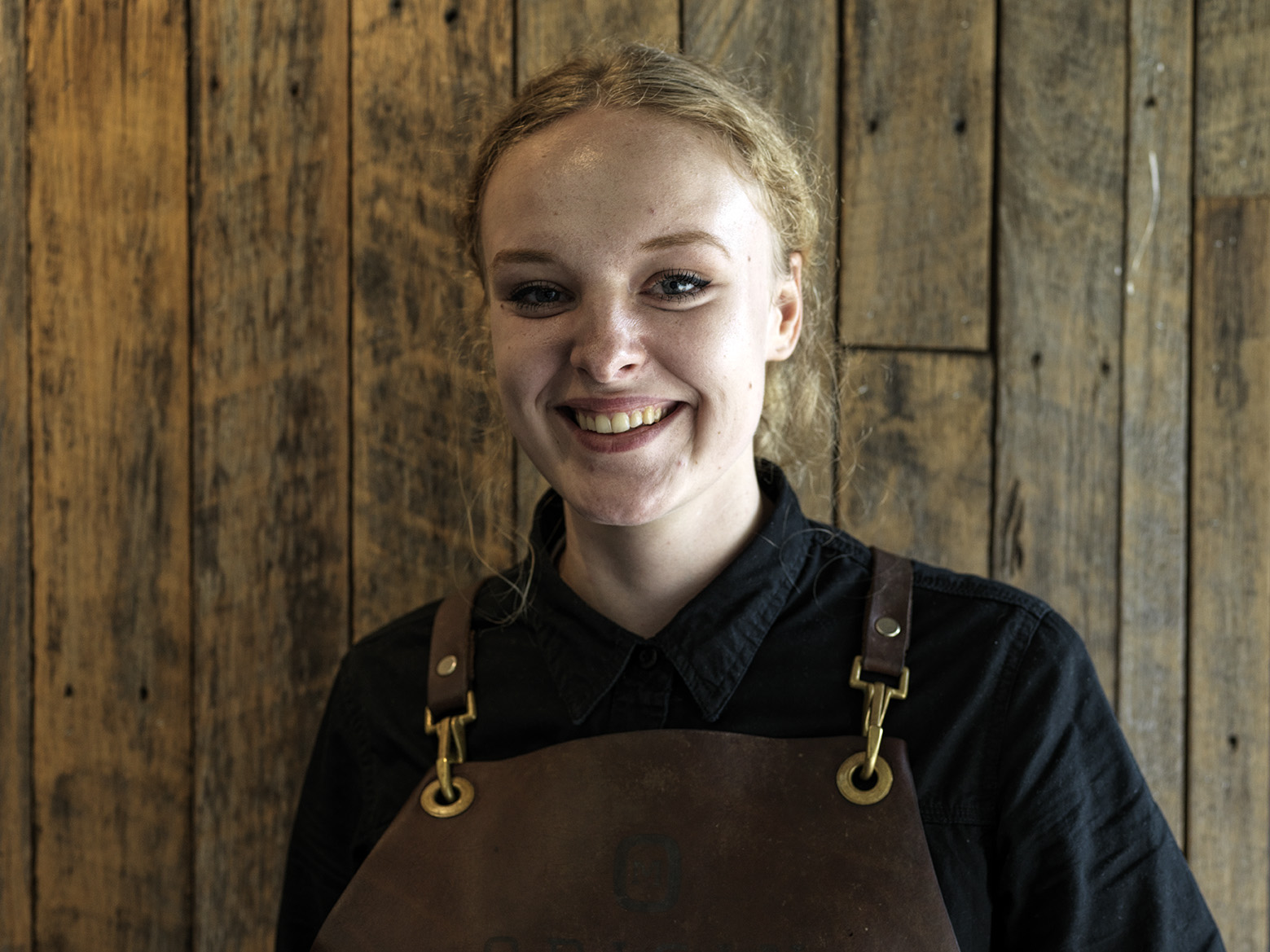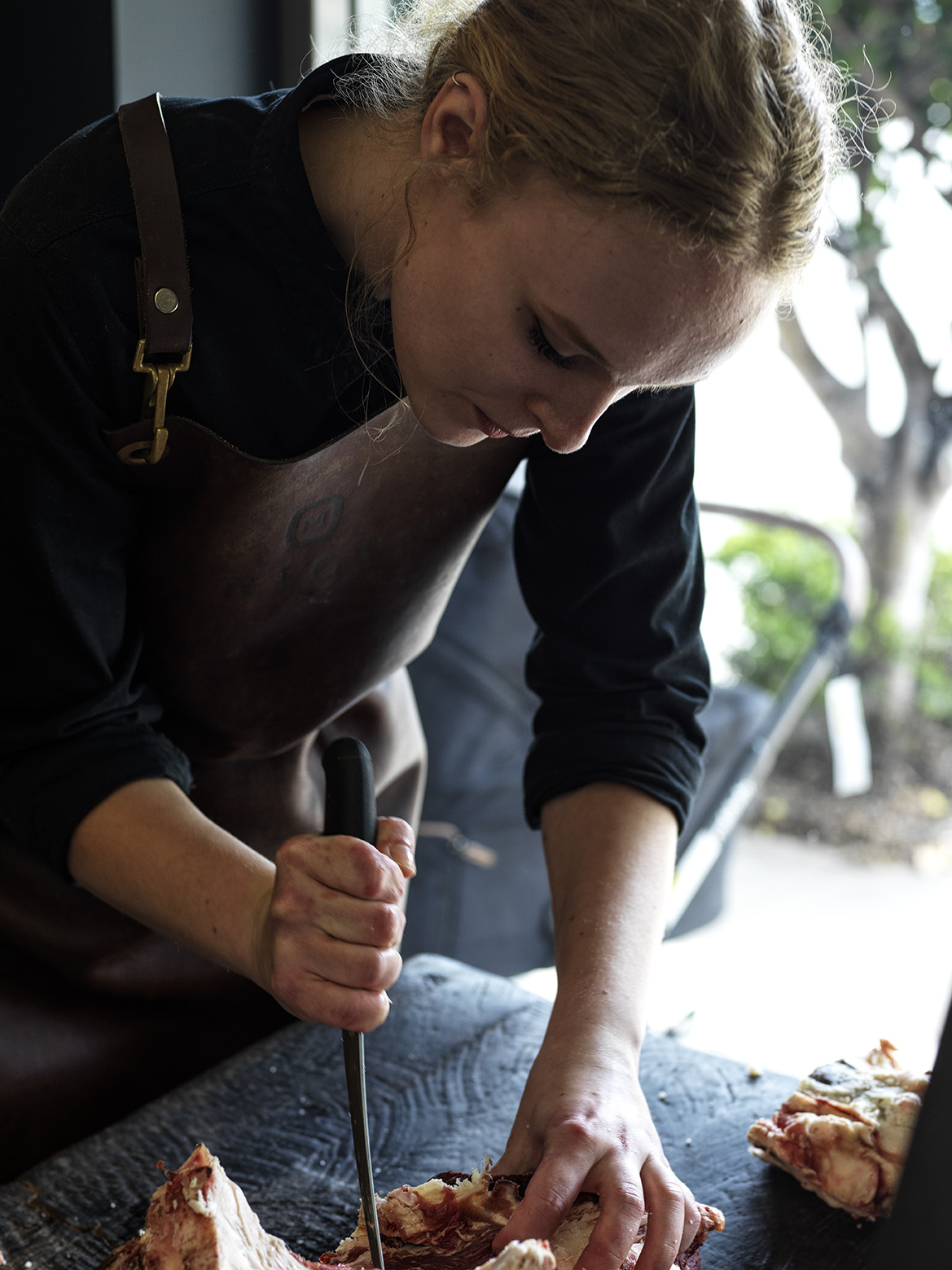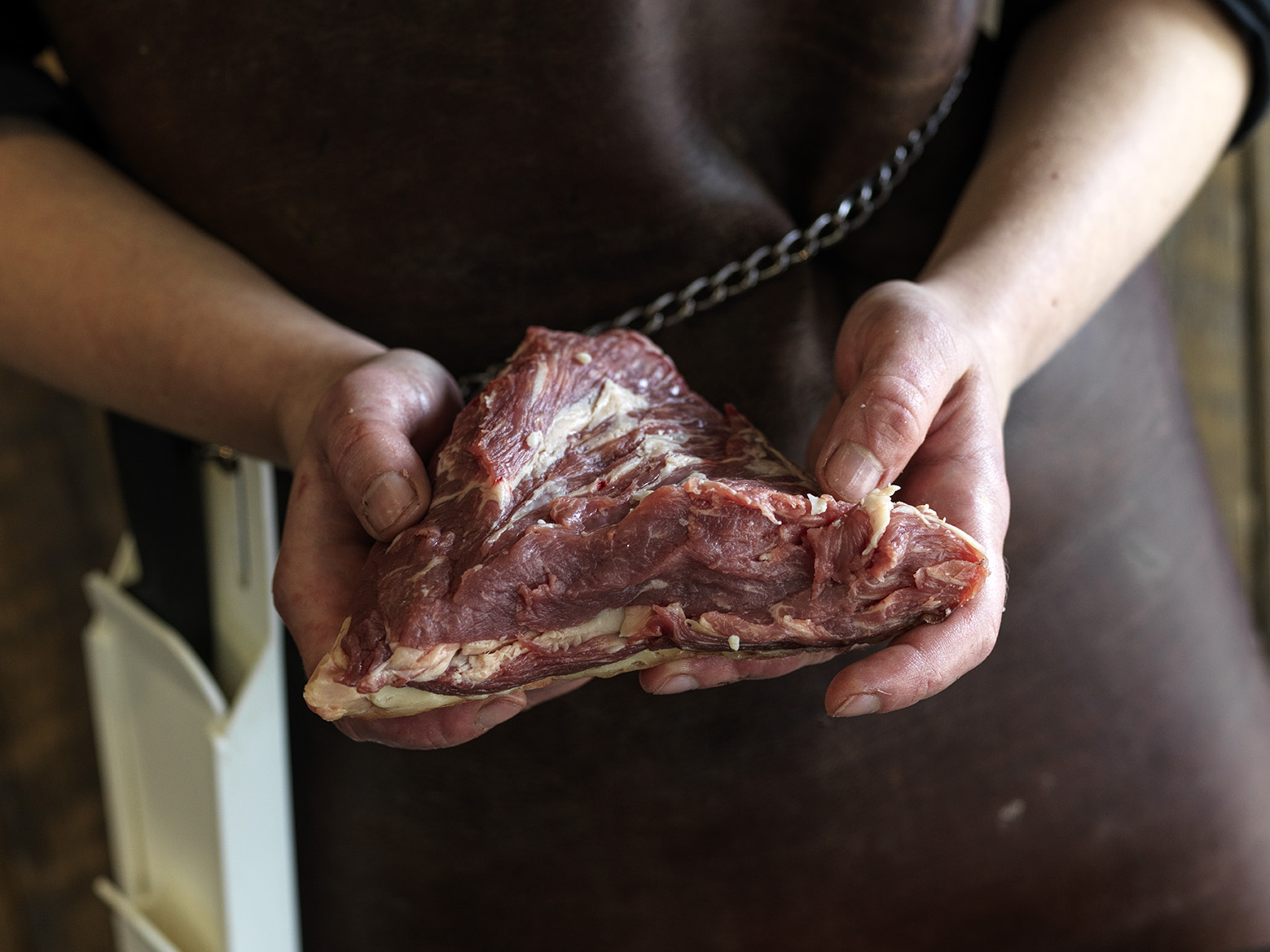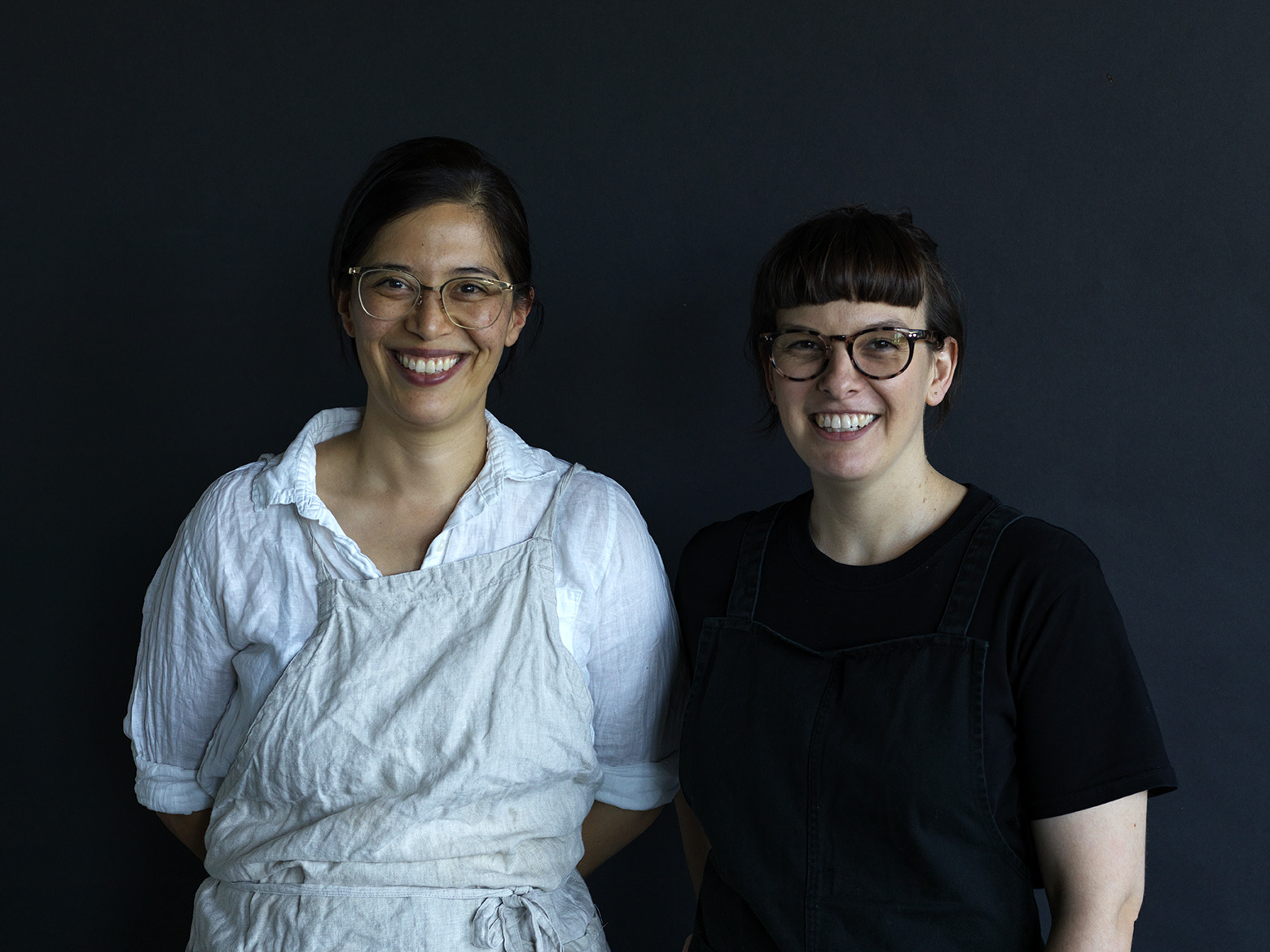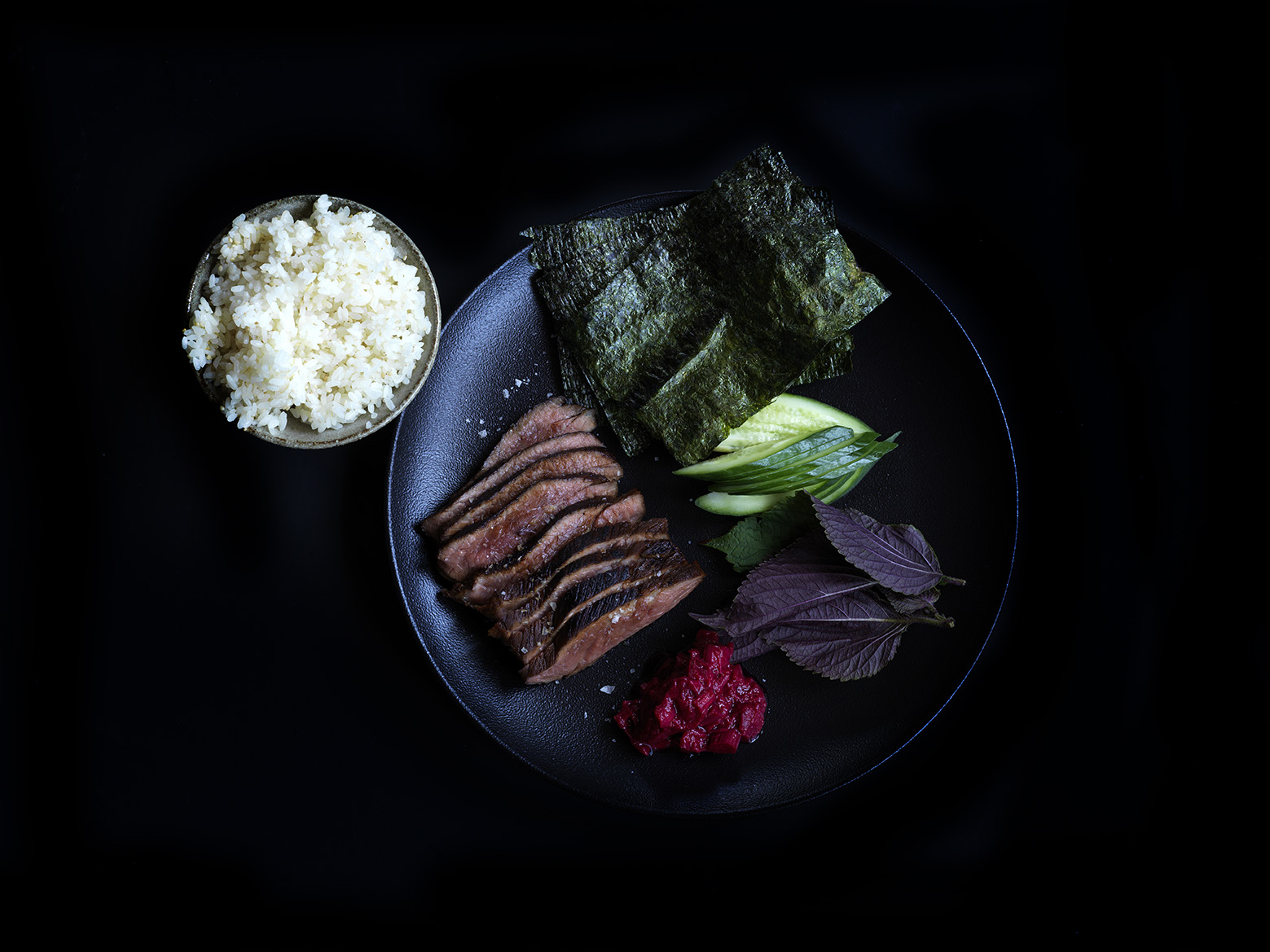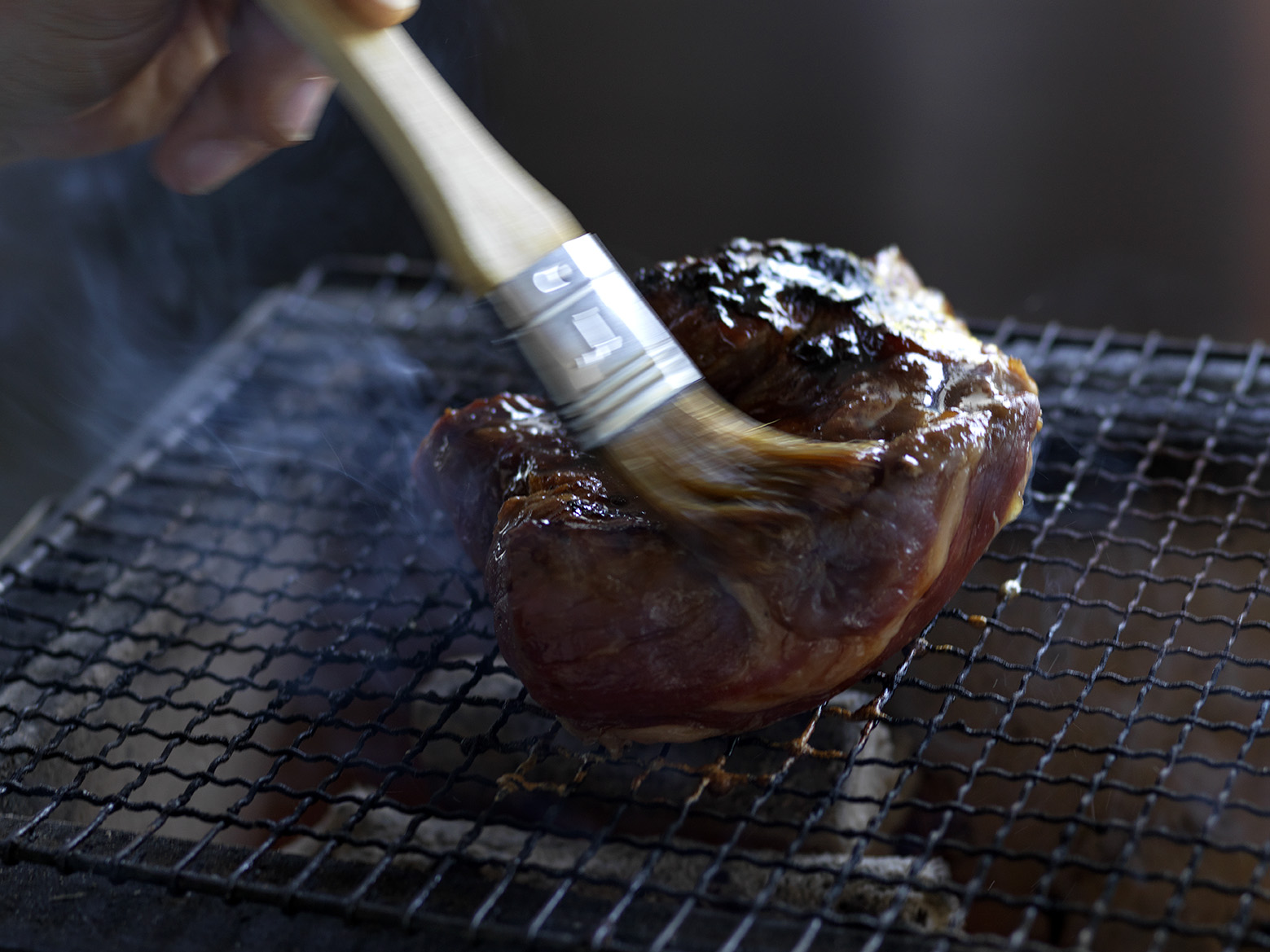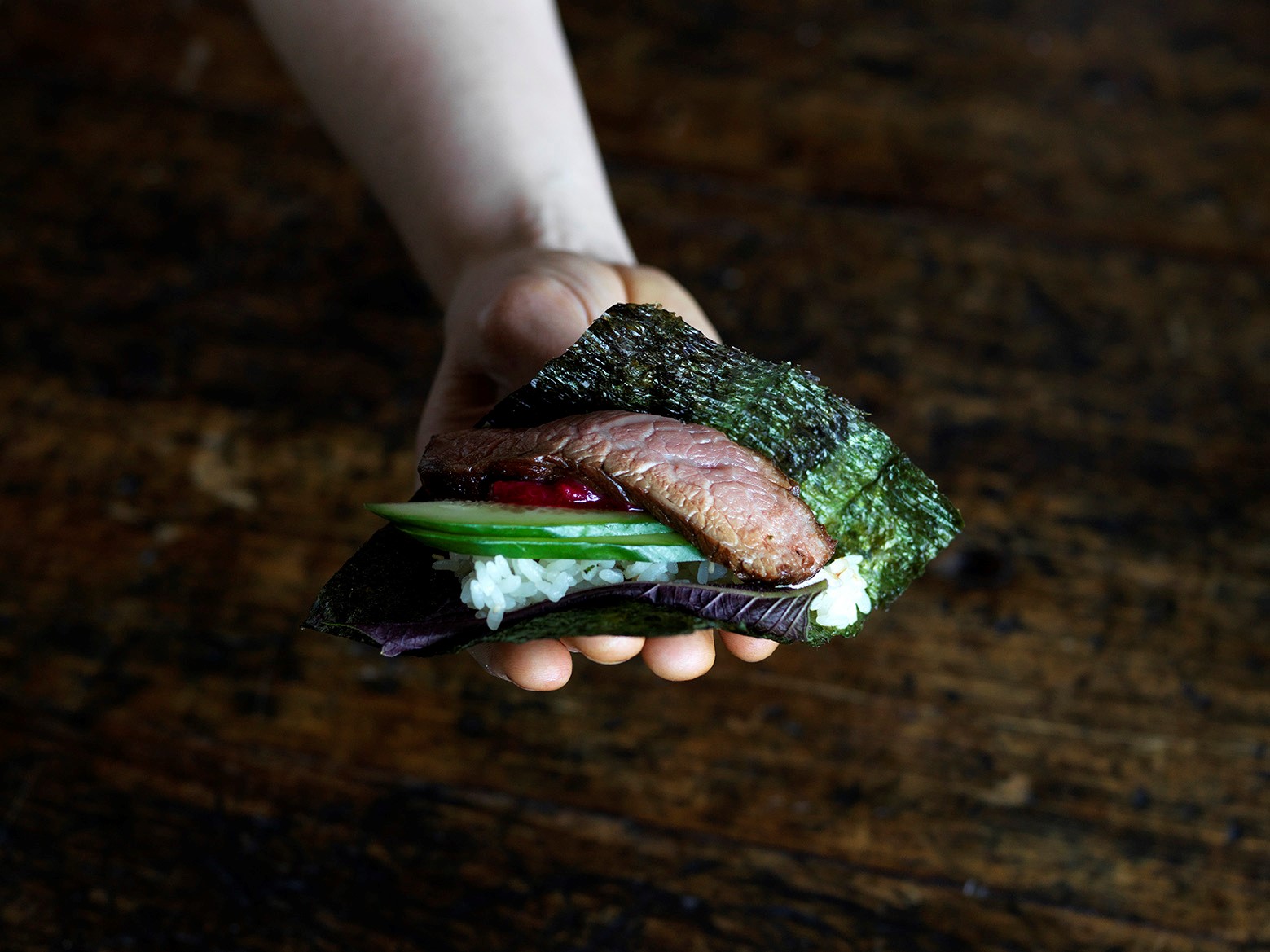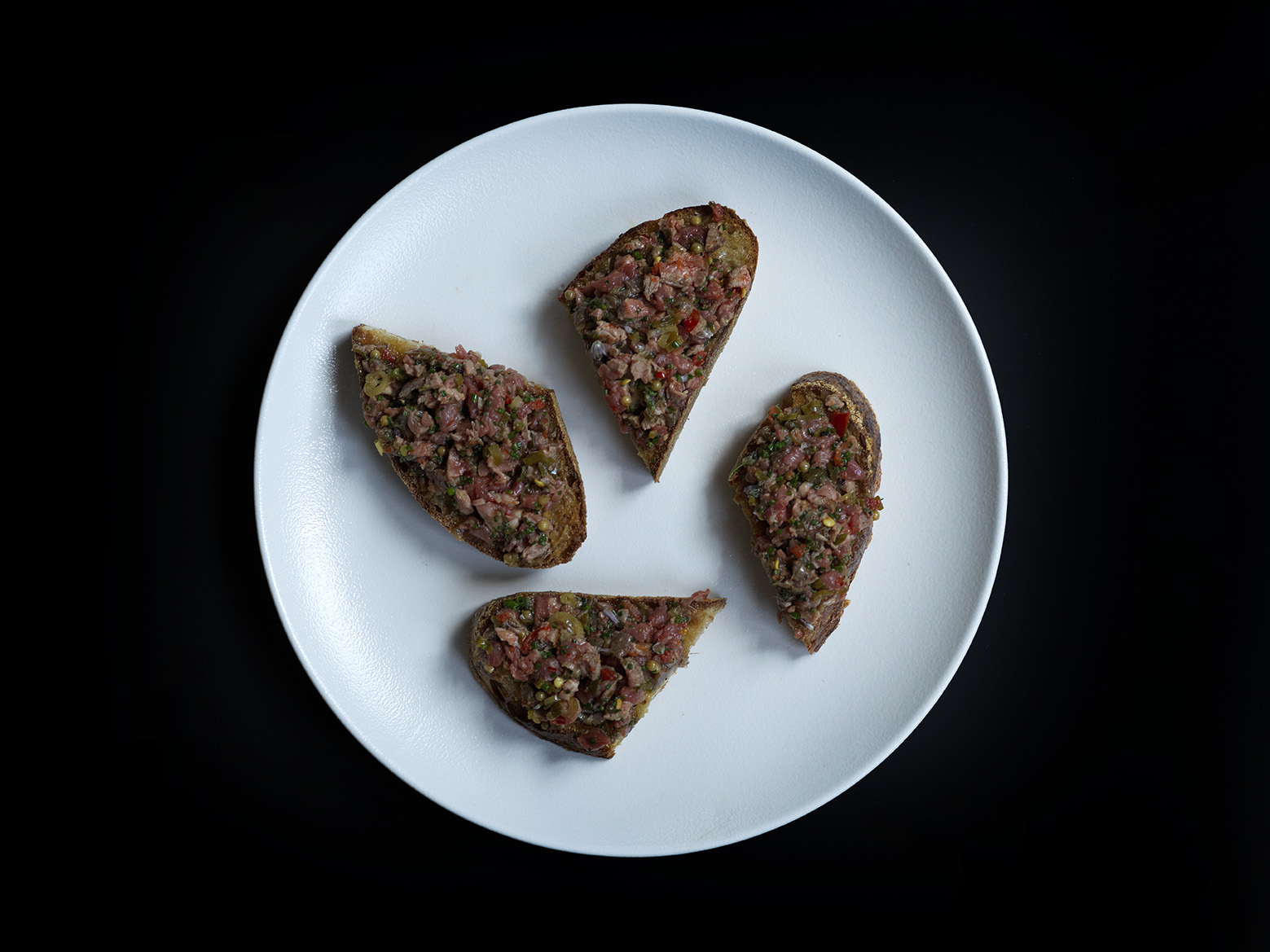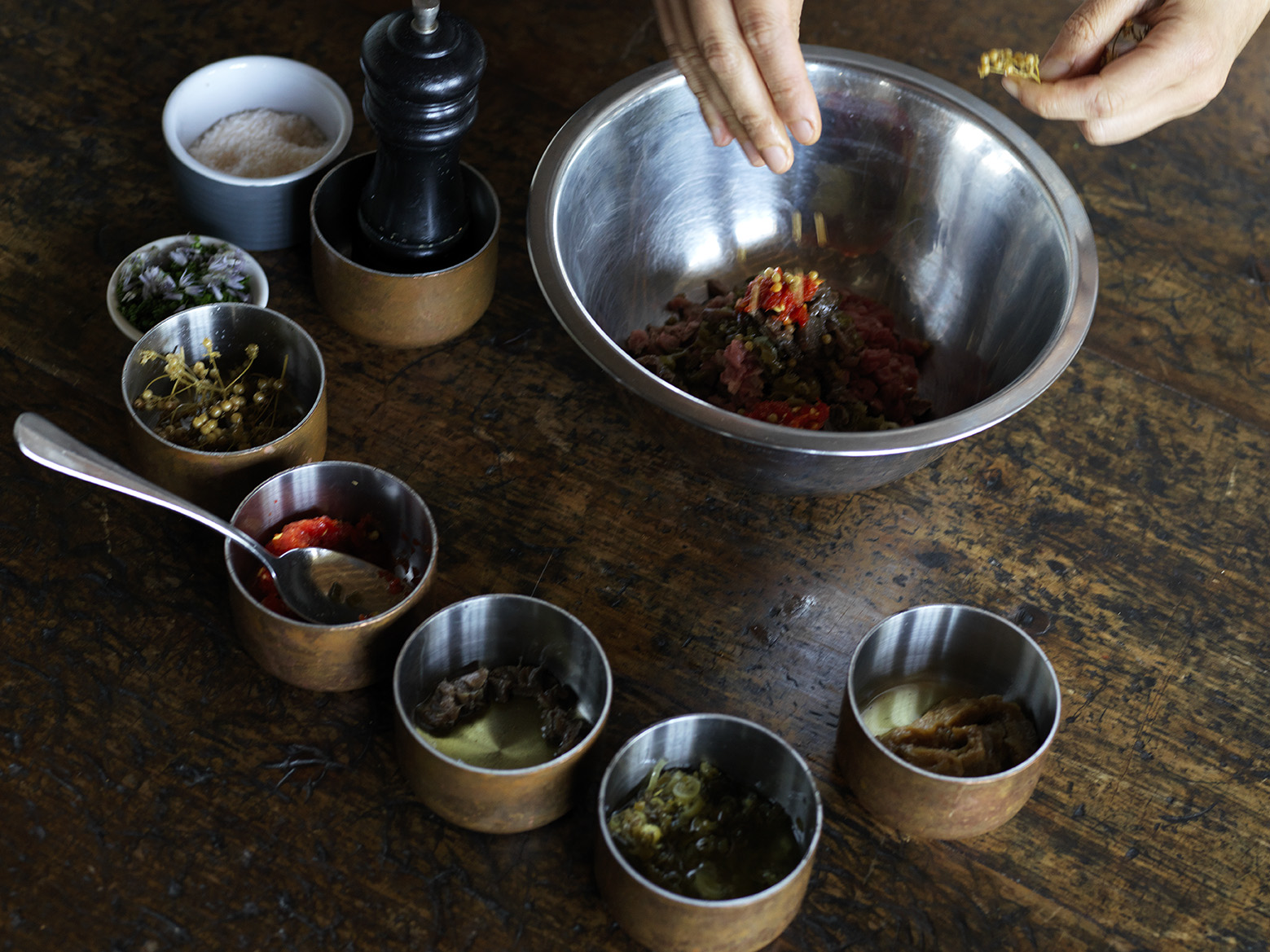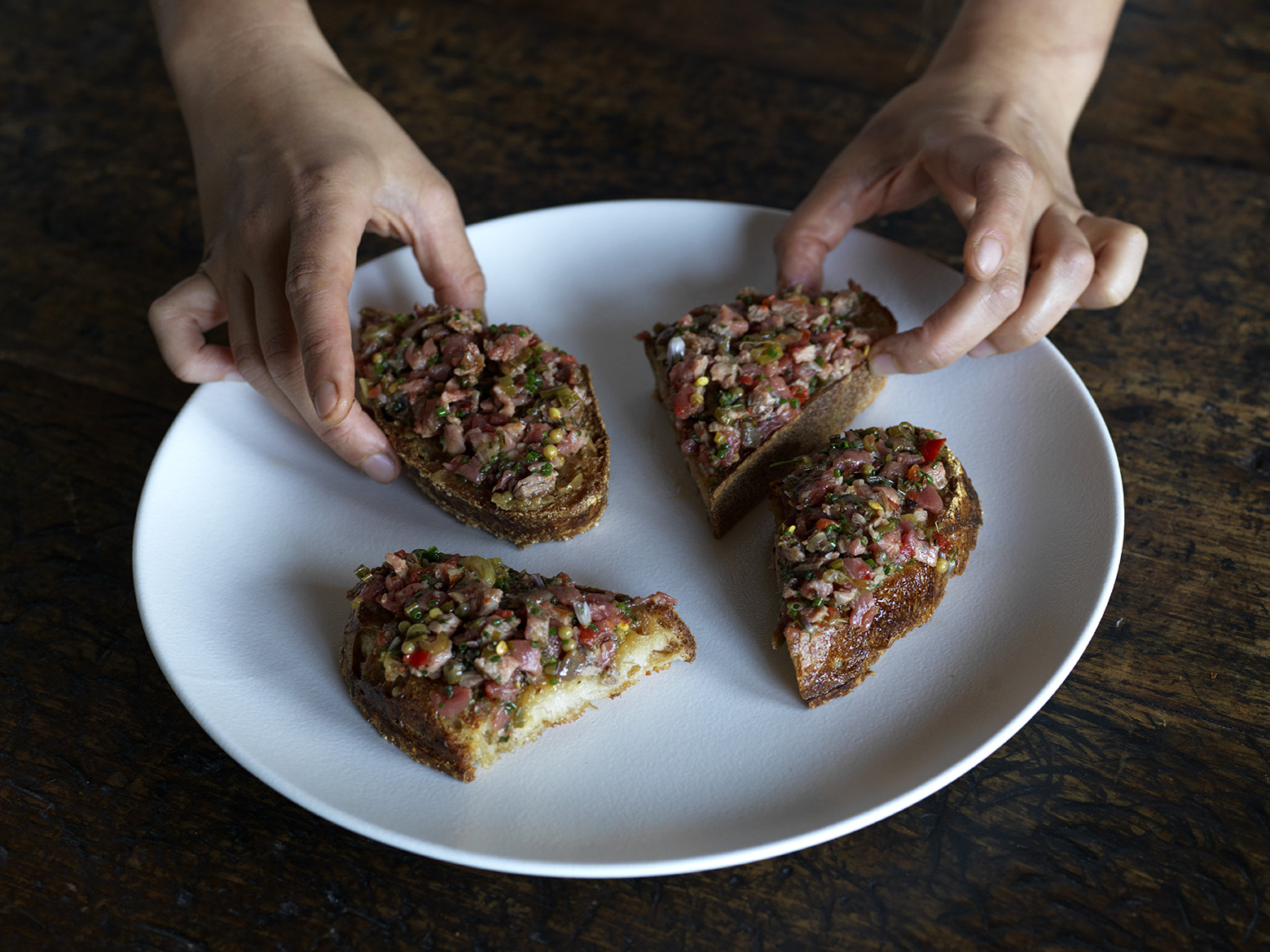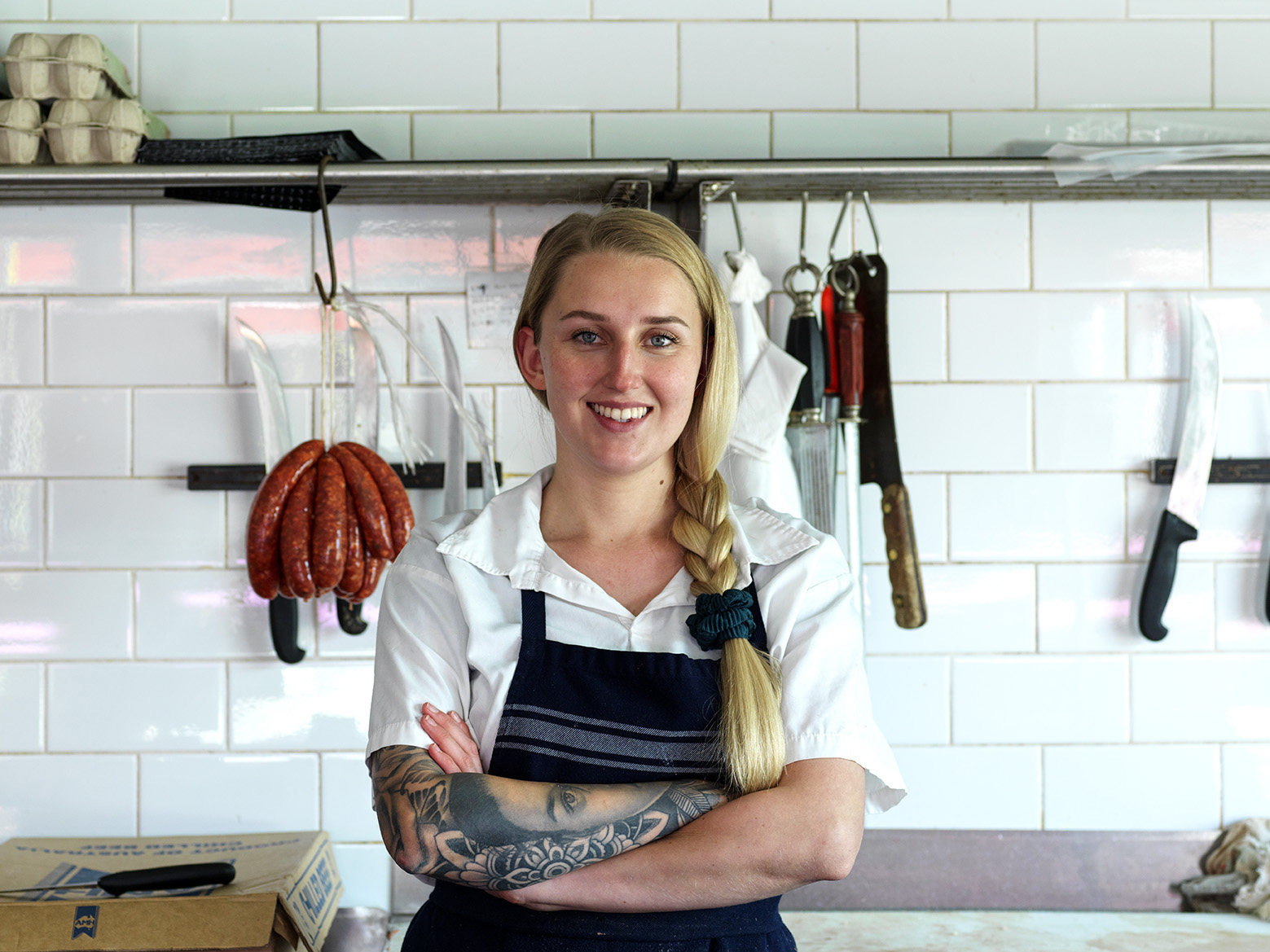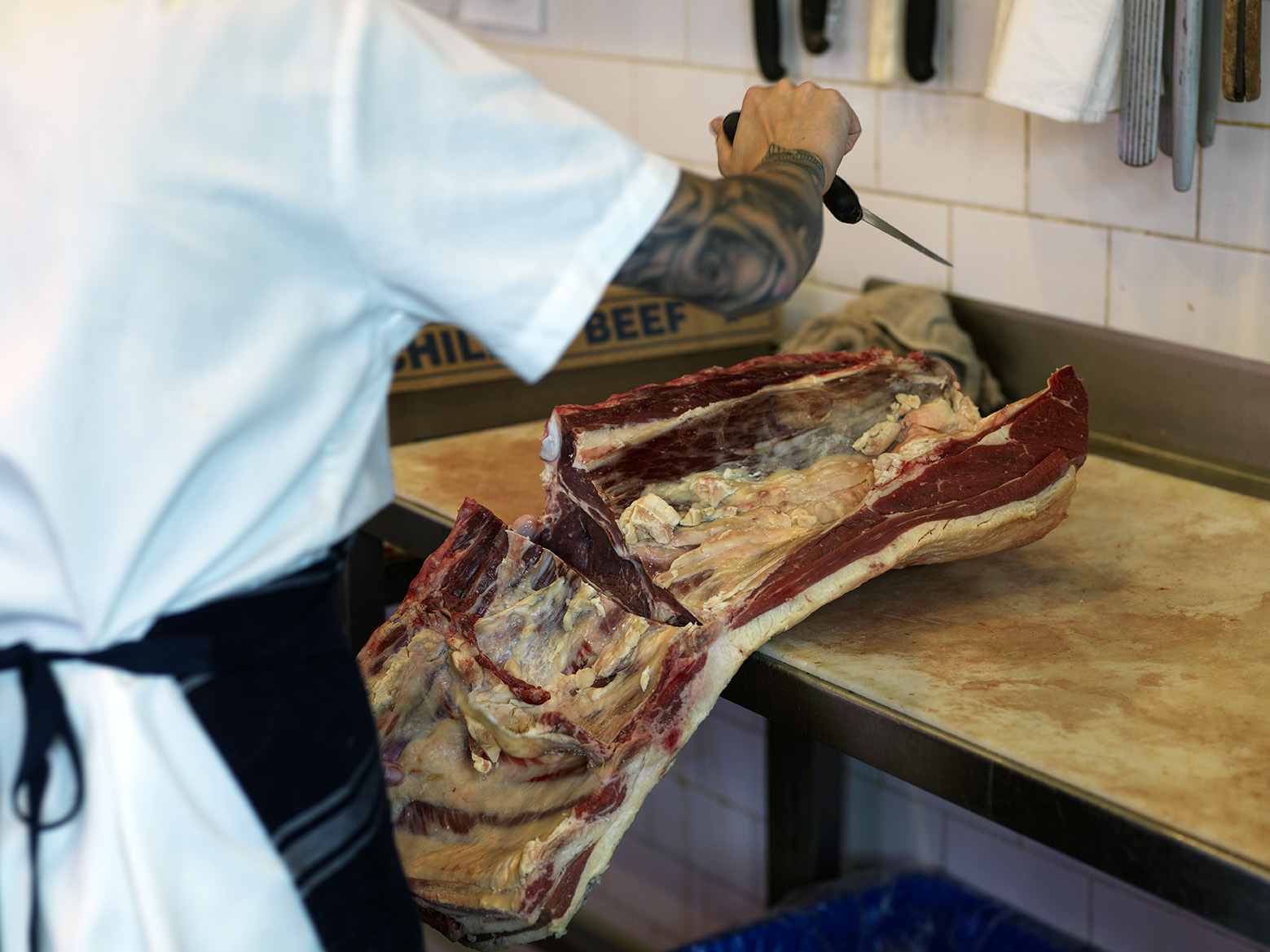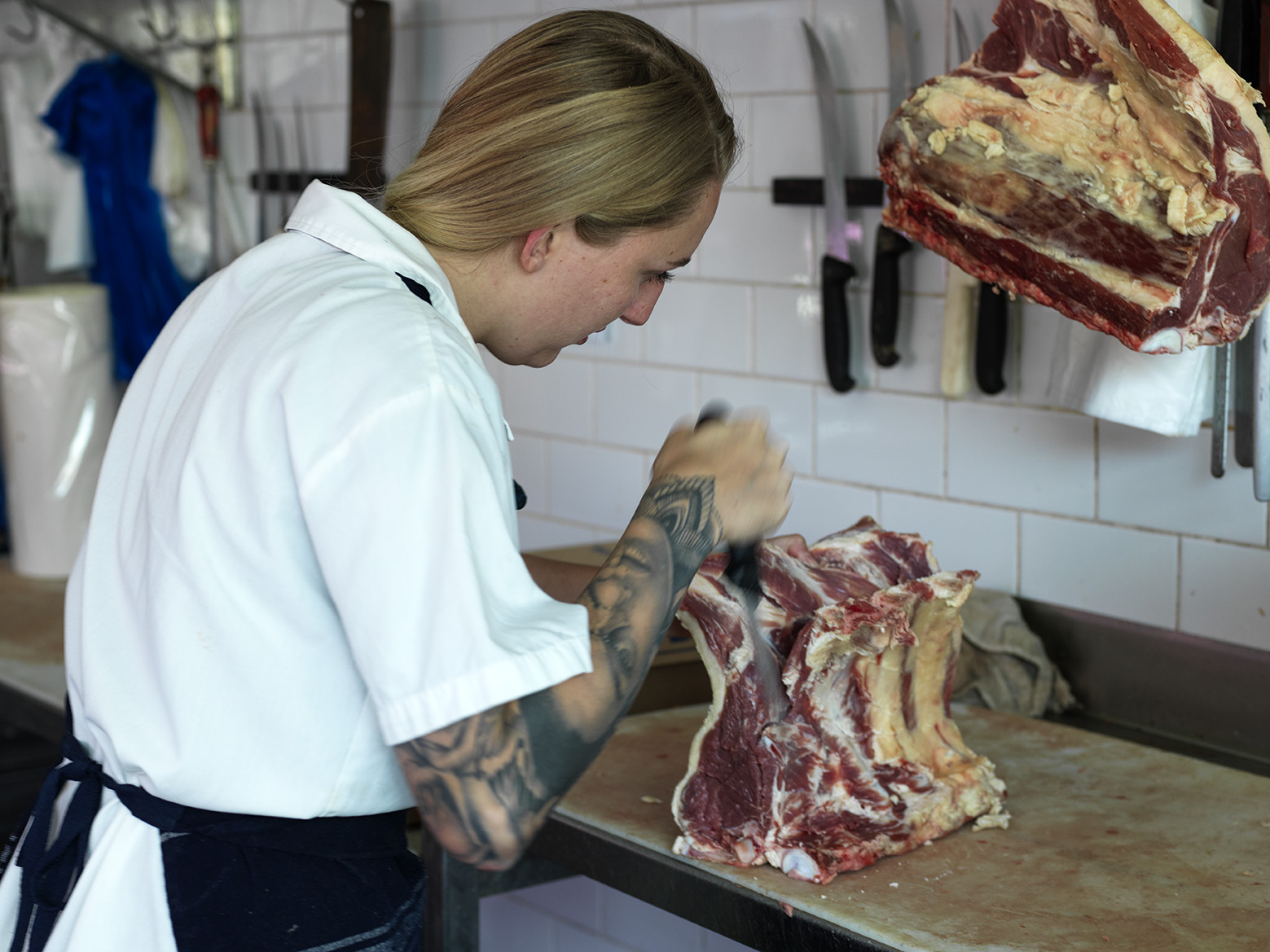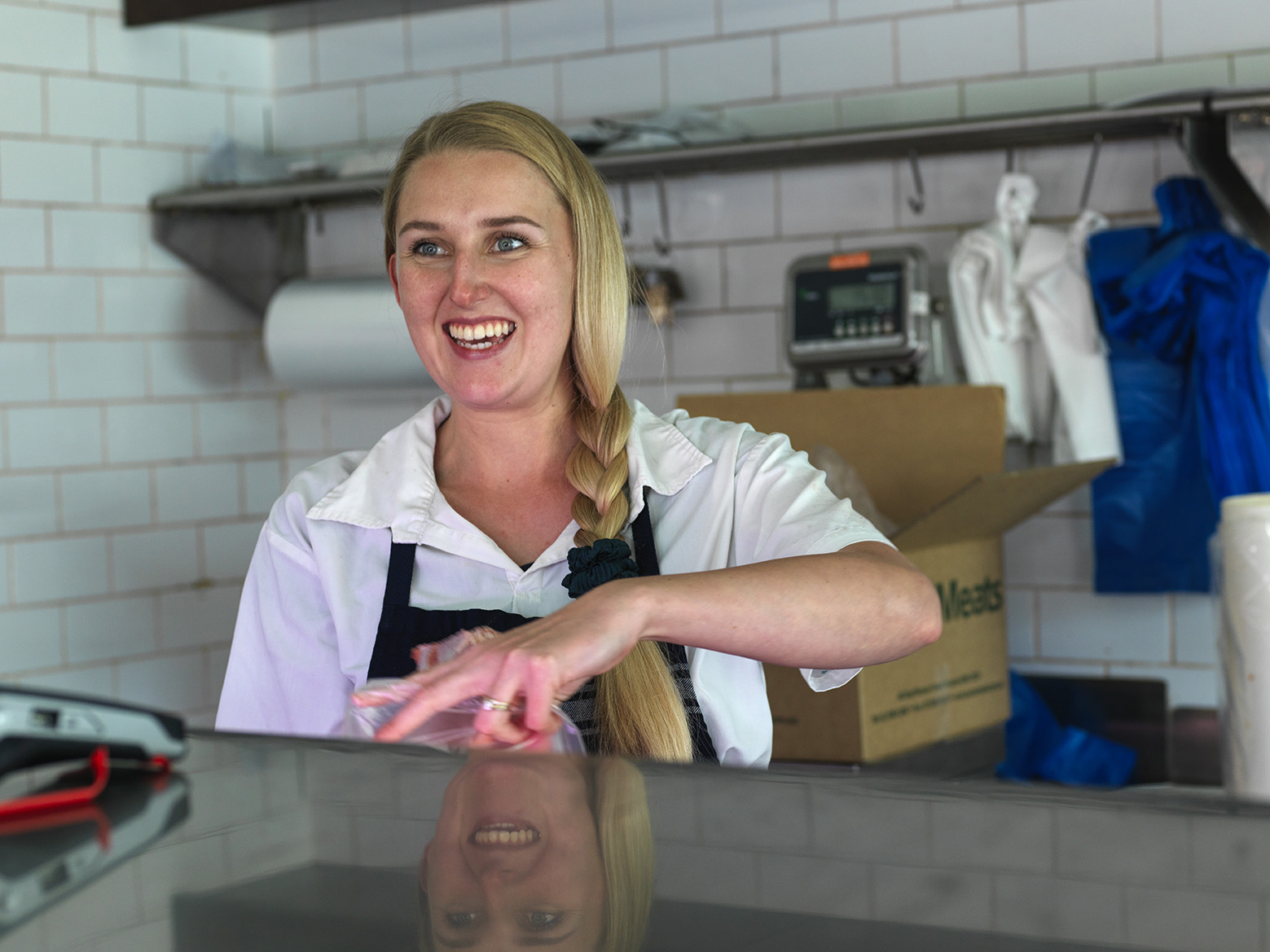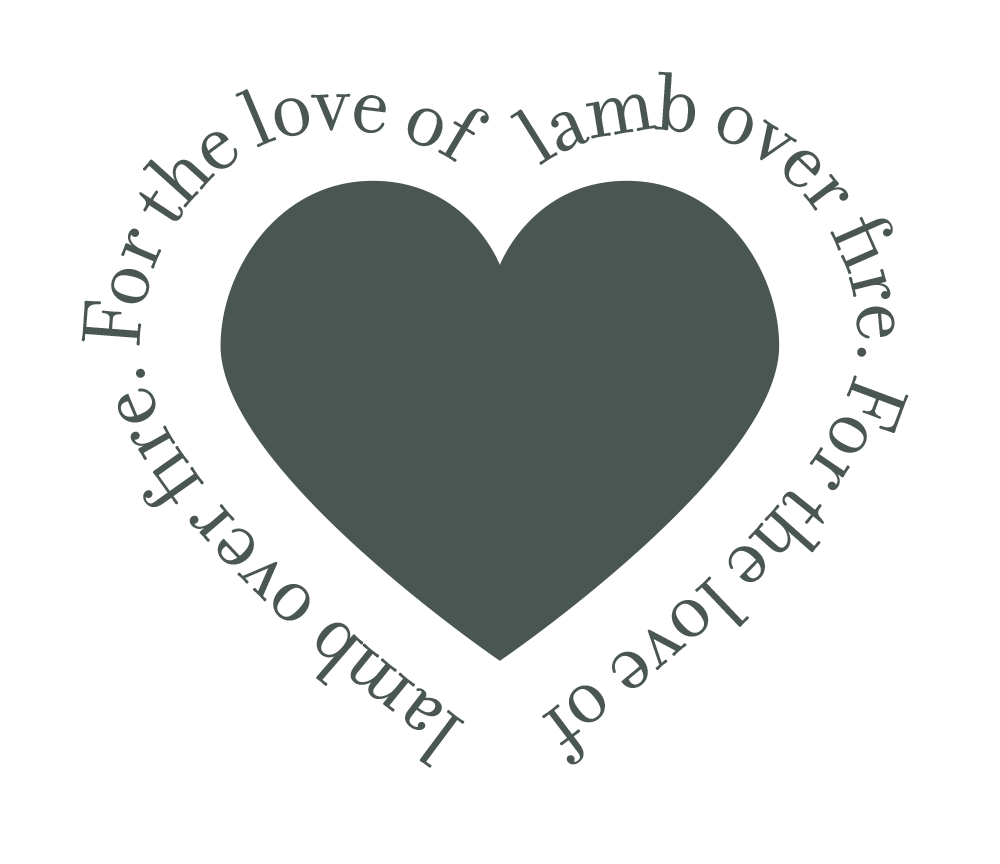Editor’s
Letter
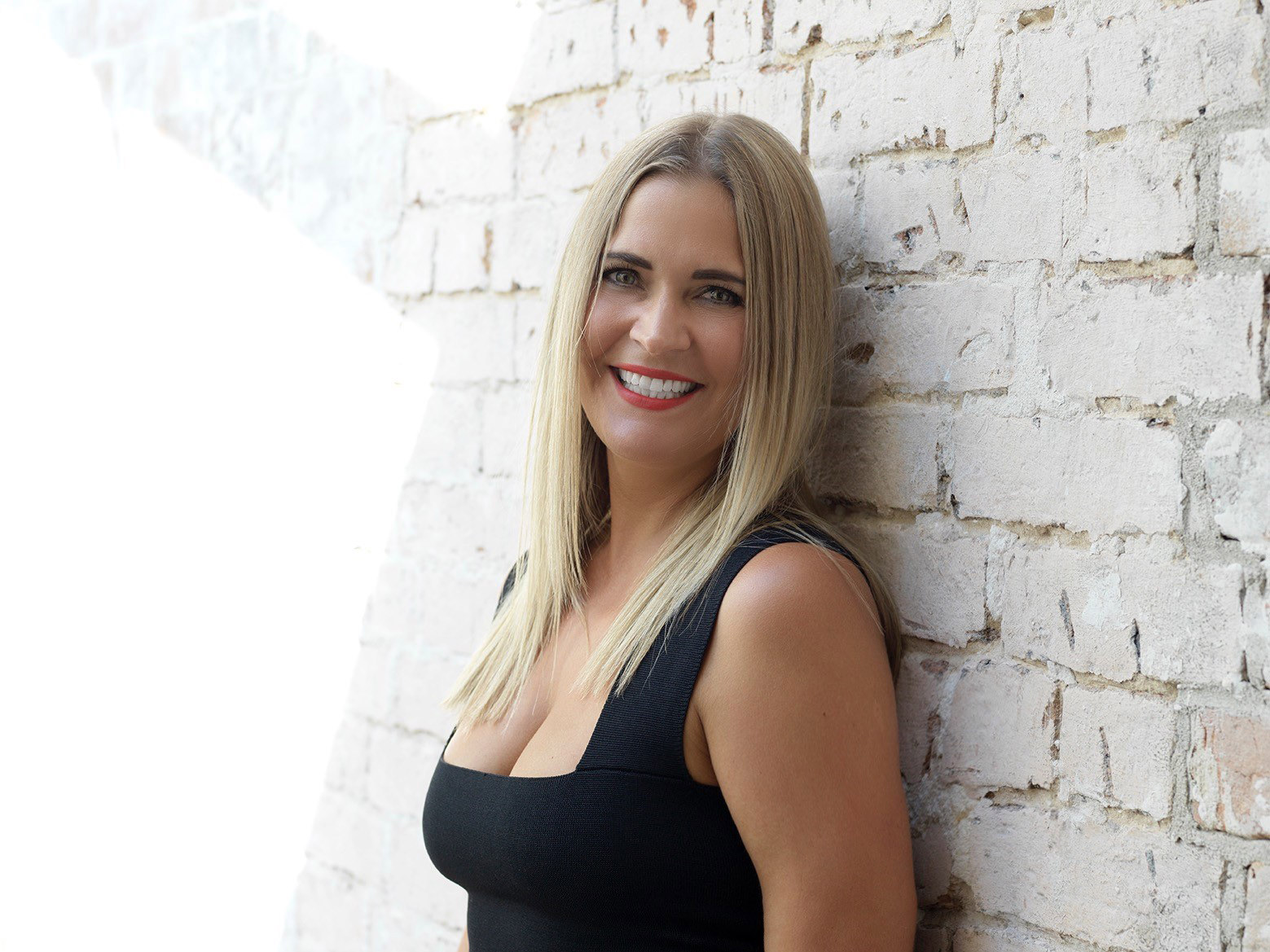
Welcome to Issue 13 of Rare Medium where I am proud to share with you the stories of just some of the wonderful women that produce, prepare and plate Australian red meat.
8 March 2021 marks International Women’s Day and I wanted to dedicate this issue to some of the Aussie women paving careers and leaving their mark across the traditionally male-dominated red meat and foodservice industries.
Until 1994, Australian women could not legally claim to be ‘farmers’ – the law defined them as domestics, helpmates and farmer’s wives. Growing up on a mixed farming enterprise and witnessing first hand the aptitude, tenacity and sheer hard work my mum put in to managing our herd of Angus cattle – this fact baffles me. At least now we are on the right path.
According to Department of Agriculture ABARES figures, women now comprise an estimated 32 percent of workers in agriculture. Looking to our future, women now represent 55 percent of university students studying agricultural science. They say the future is female – and I say the future looks bright.
In this issue we feature women through the supply chain – from the paddock, to the butchery and on to the plate.
Mark Best visits Maria Roach and her mother Betty who have single handedly run their own cattle property near Adelong NSW for most of their lives. In the January 2020 bushfires they lost a few hundred head of cattle and since then Maria has rebuilt every fence on the farm. Their story is one of resilience, dedication and determination.
We feature two young female butchers – Elke De Belder who originates from Belgium and is now finding her feet in the world of Australian butchery, and former chef Bonnie Ewan who was named the 2020 Apprentice Butcher of the Year. These talented young women are carving their own paths in a career heavily dominated by men – it’s not easy but they wouldn’t have it any other way.
Pat Nourse delves into the inspiration, application and dedication behind the impressive career of Fred’s chef Danielle Alvarez. Danielle effortlessly emanates such a feeling of warmth and kindness despite leading one of Sydney’s busiest kitchens – she is a chef that other women want to work for and it’s not hard to see why.
Finally, two tremendous talents take on the tri tip in our Cut Two Ways feature. Trisha Greentree from 10 William St and Fratelli Paradiso; and Jemma Whiteman from Cafe Paci turn out some tasty snacks perfect for summer snacking.
It is my privilege to have worked on this issue and to now share it with you.
Mary-Jane Morse
Meat & Livestock Australia
[email protected]
@_raremedium
Copyright: this publication is published by Meat & Livestock Australia Limited ABN 39 081 678 364 (MLA).


